Photos of NFL.com's 101 best free agents expected to hit the market on March 10. (Note: this list includes players that were franchise tagged on Monday, March 2)

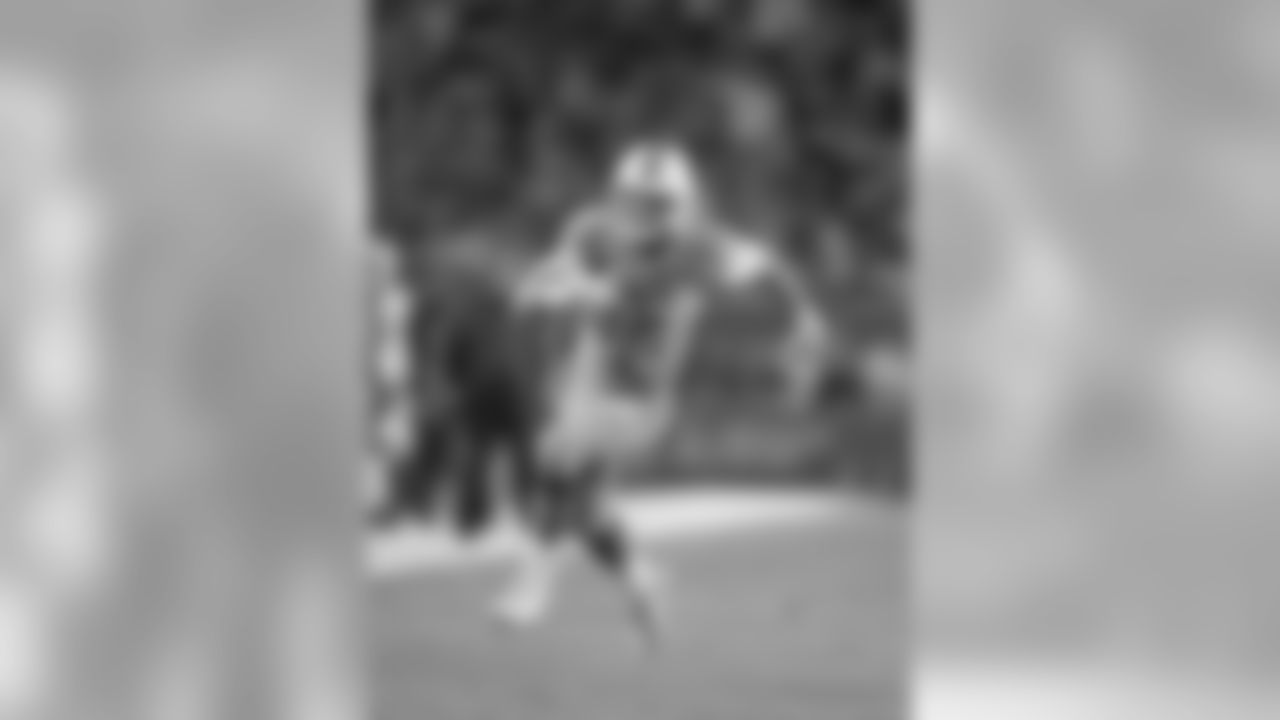



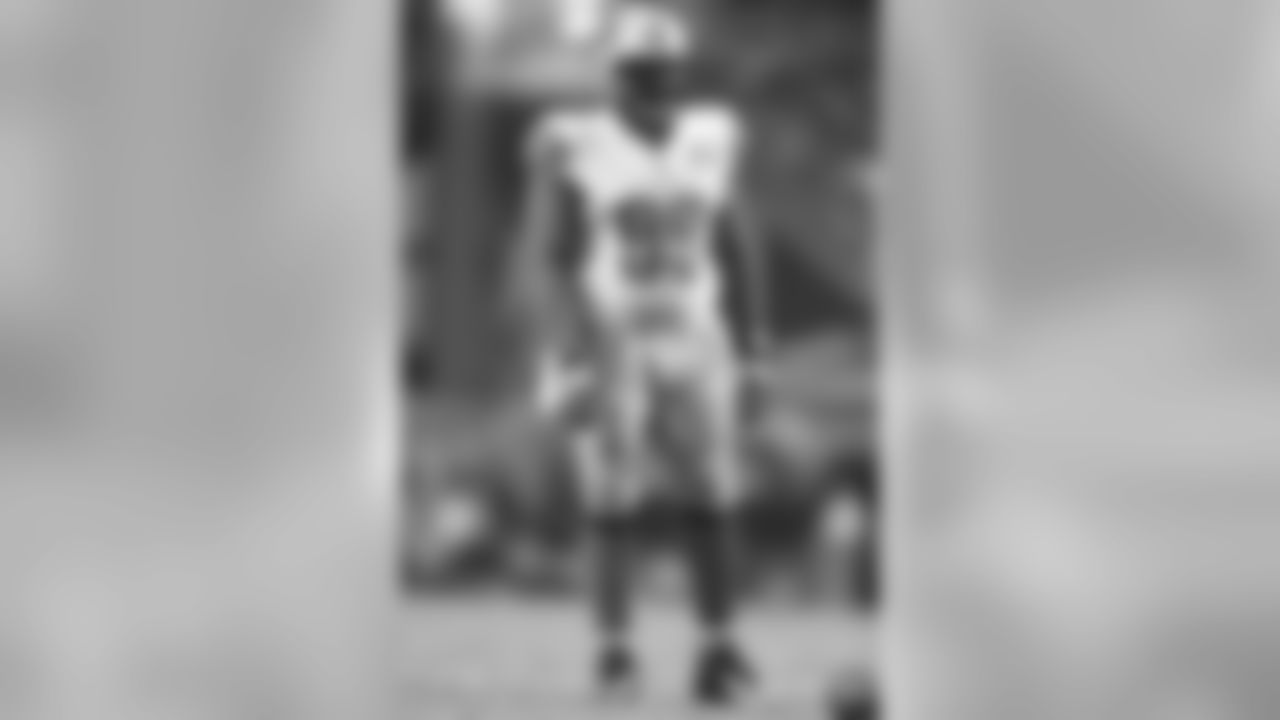
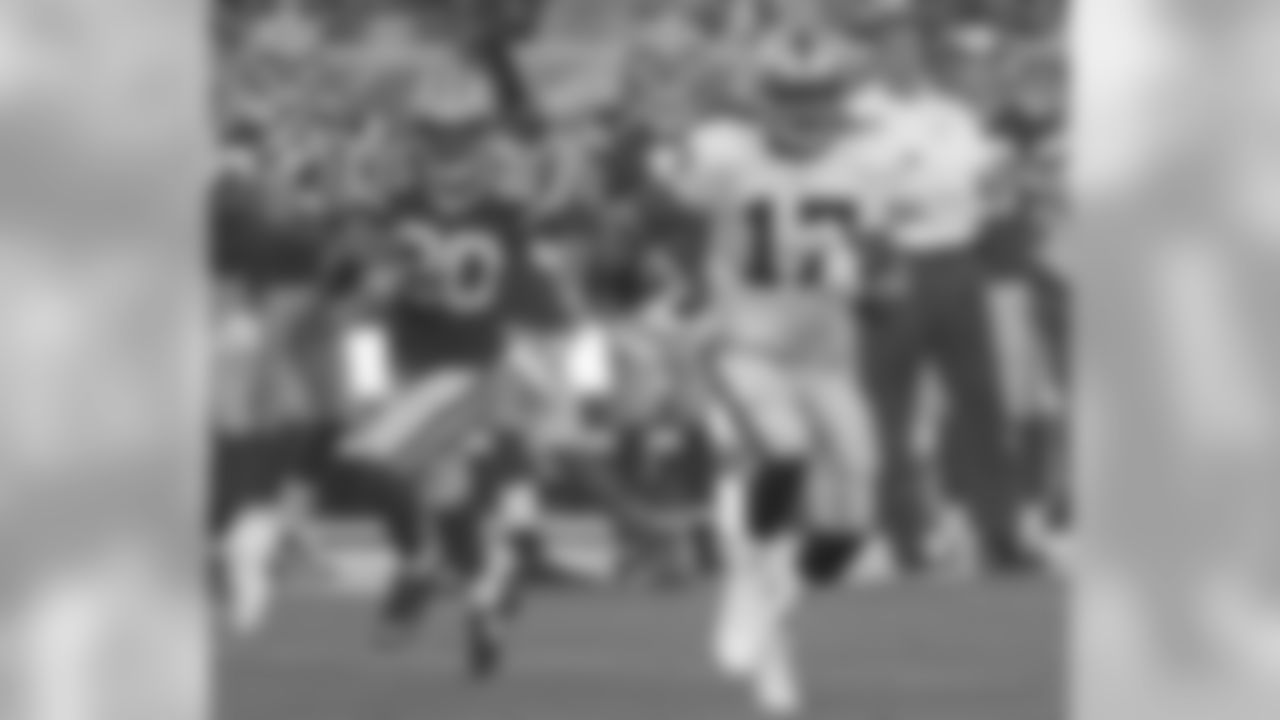



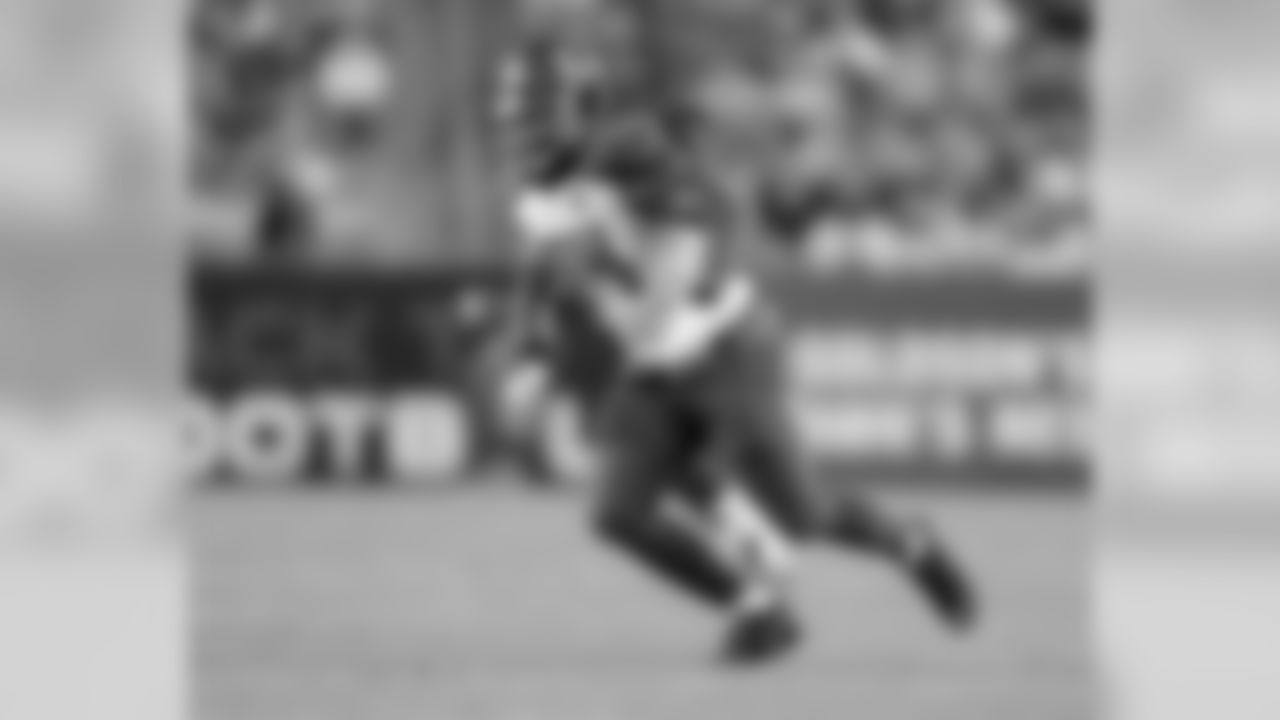


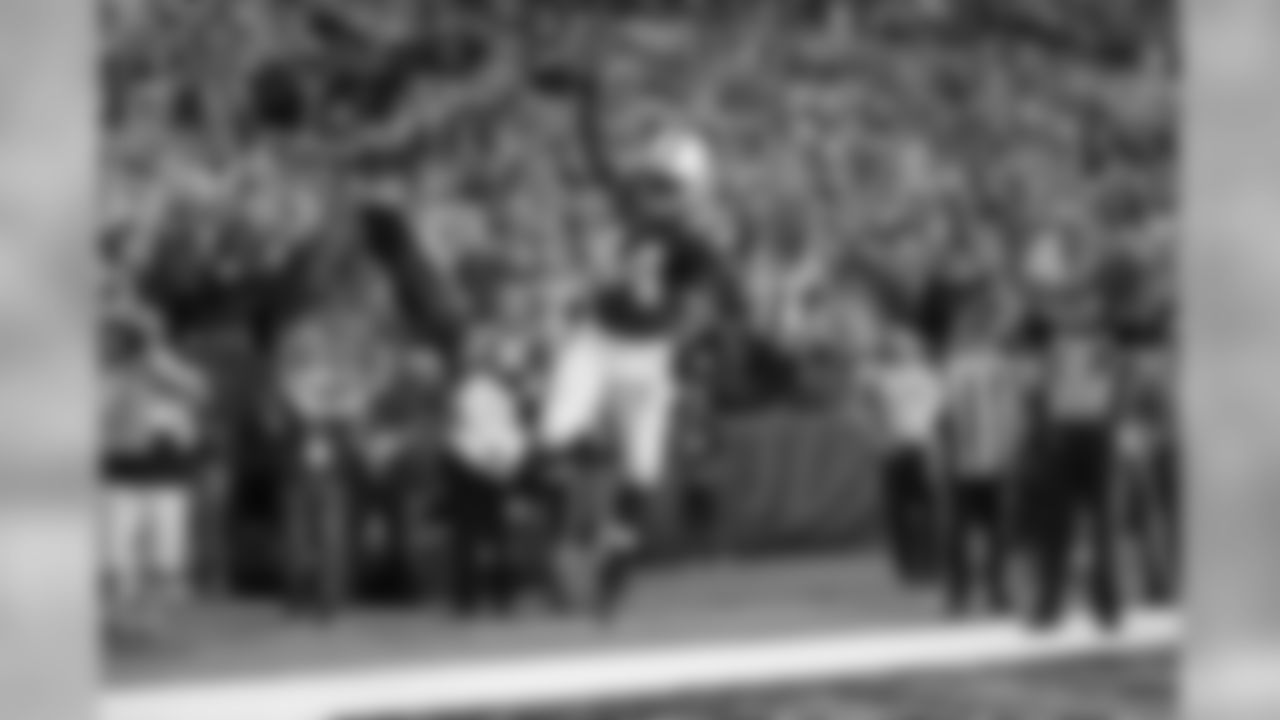


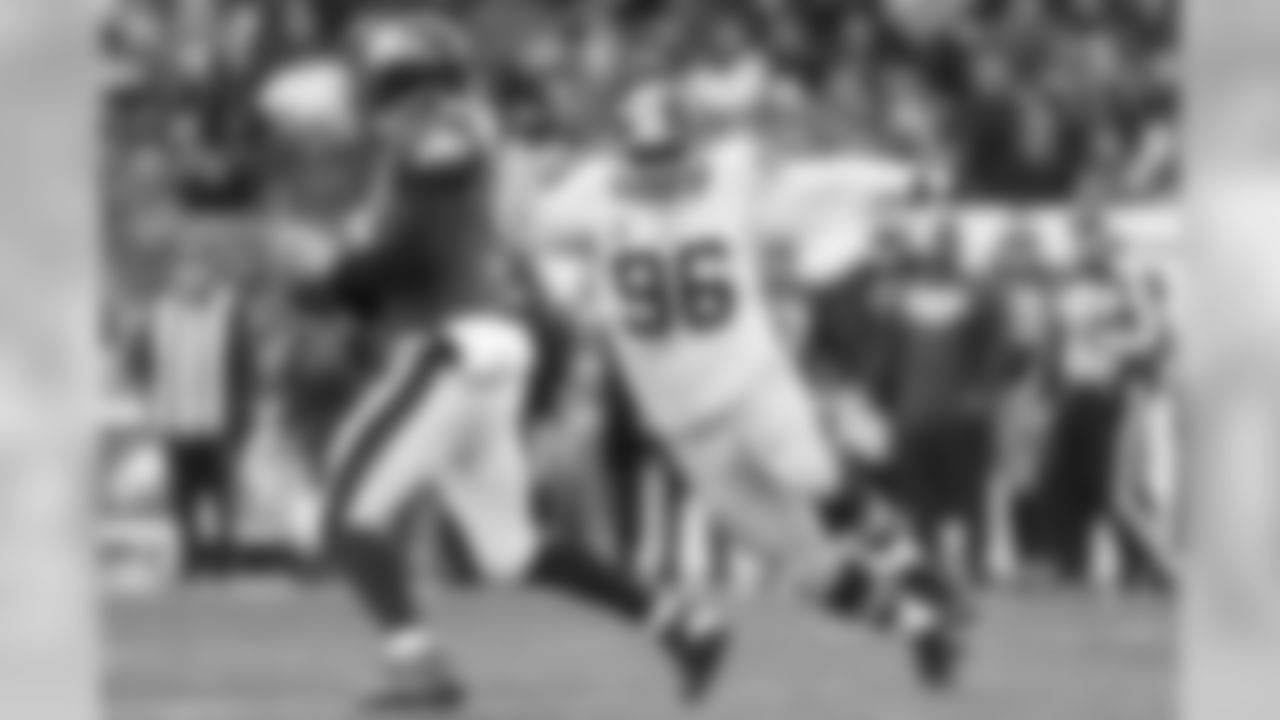
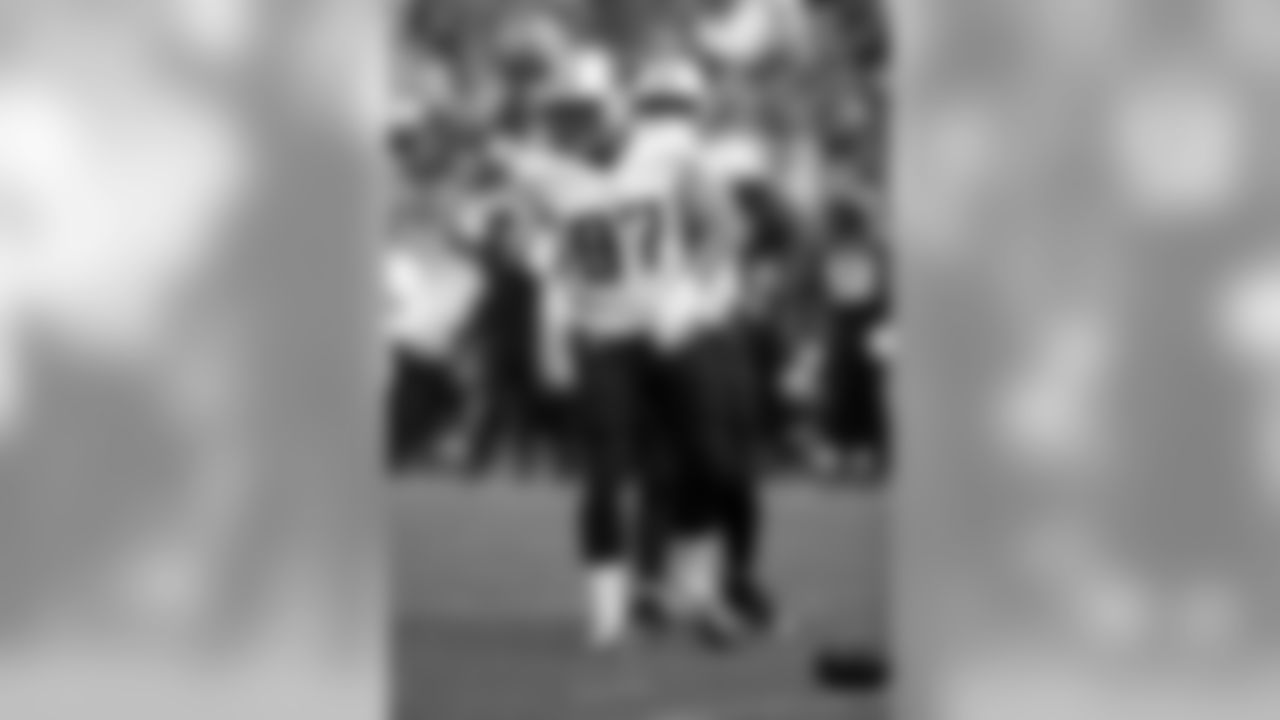
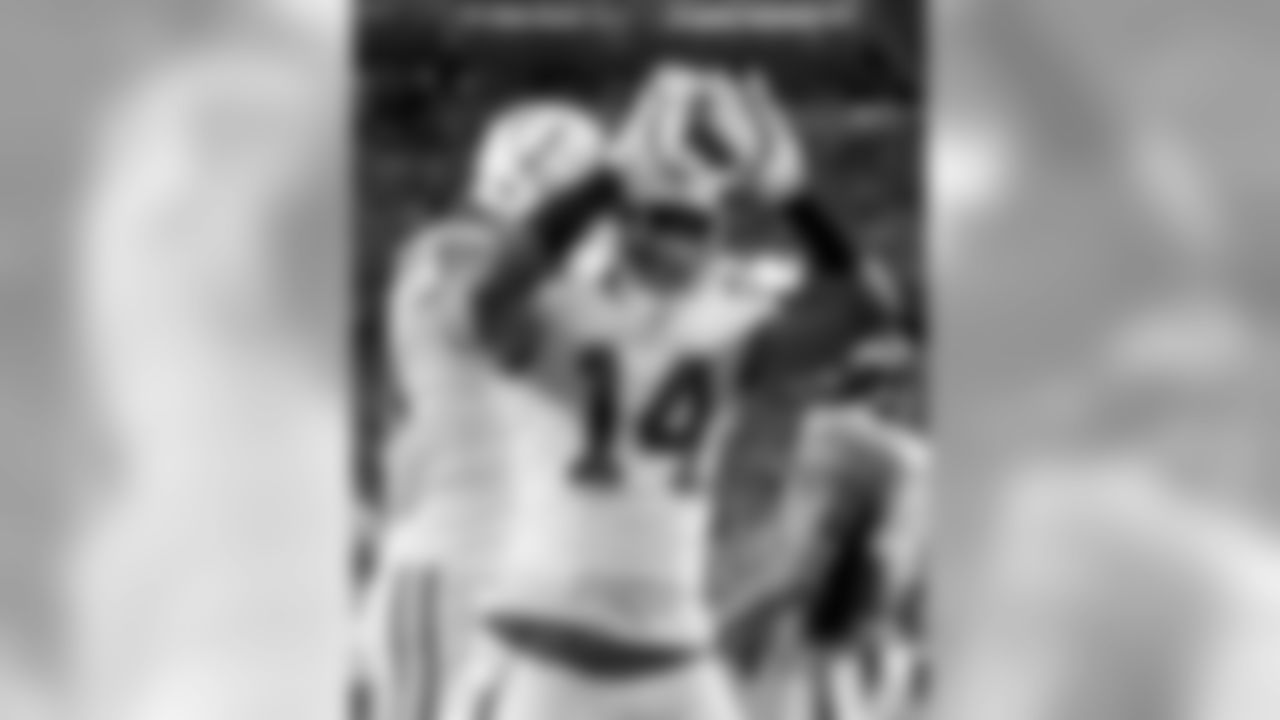
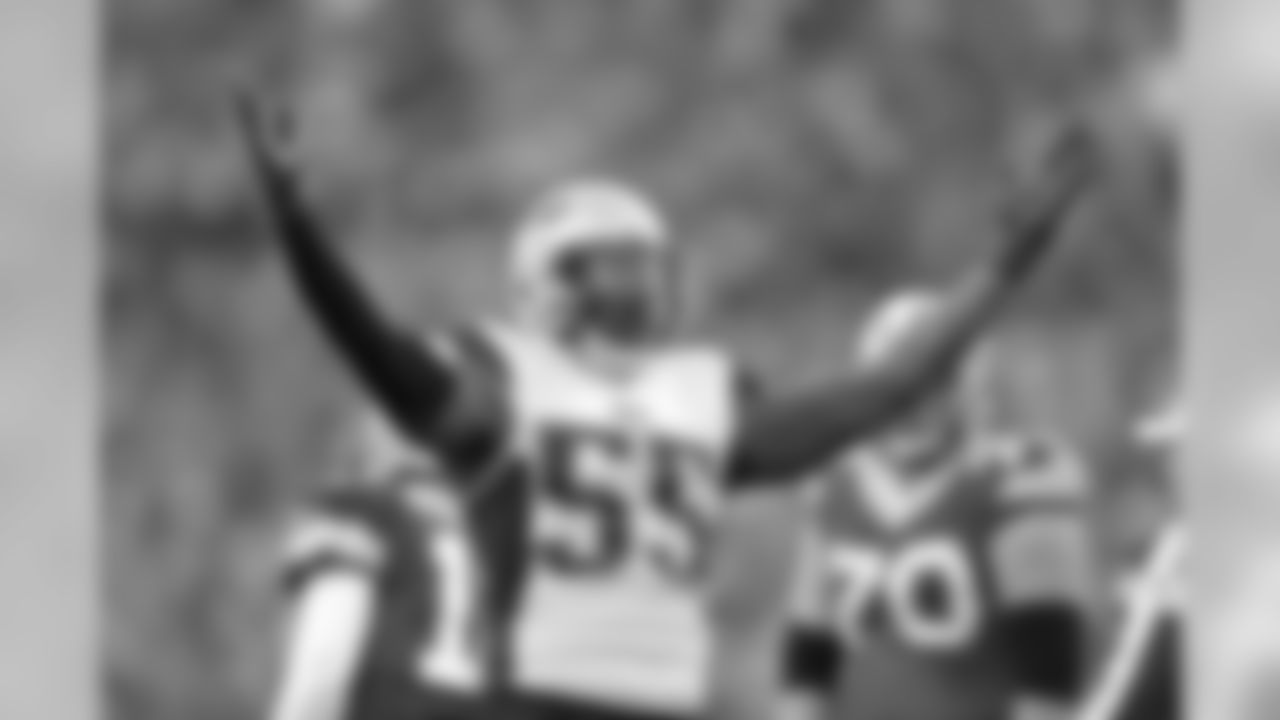



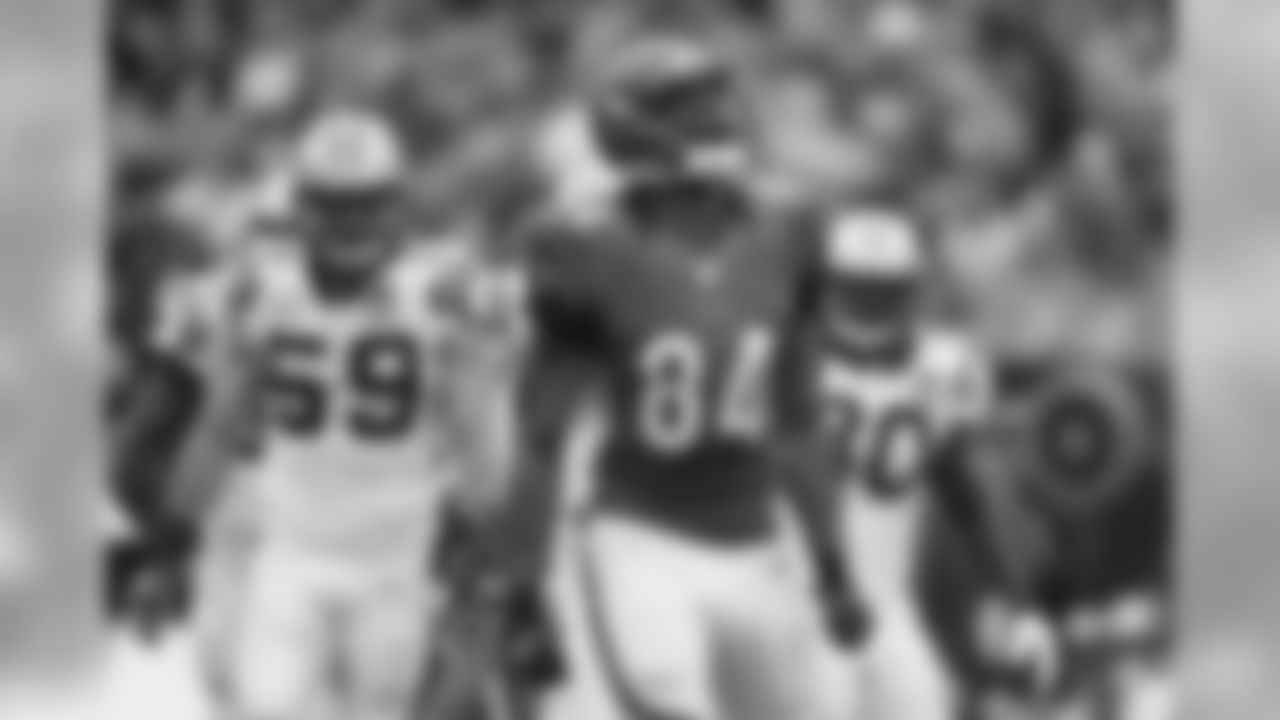
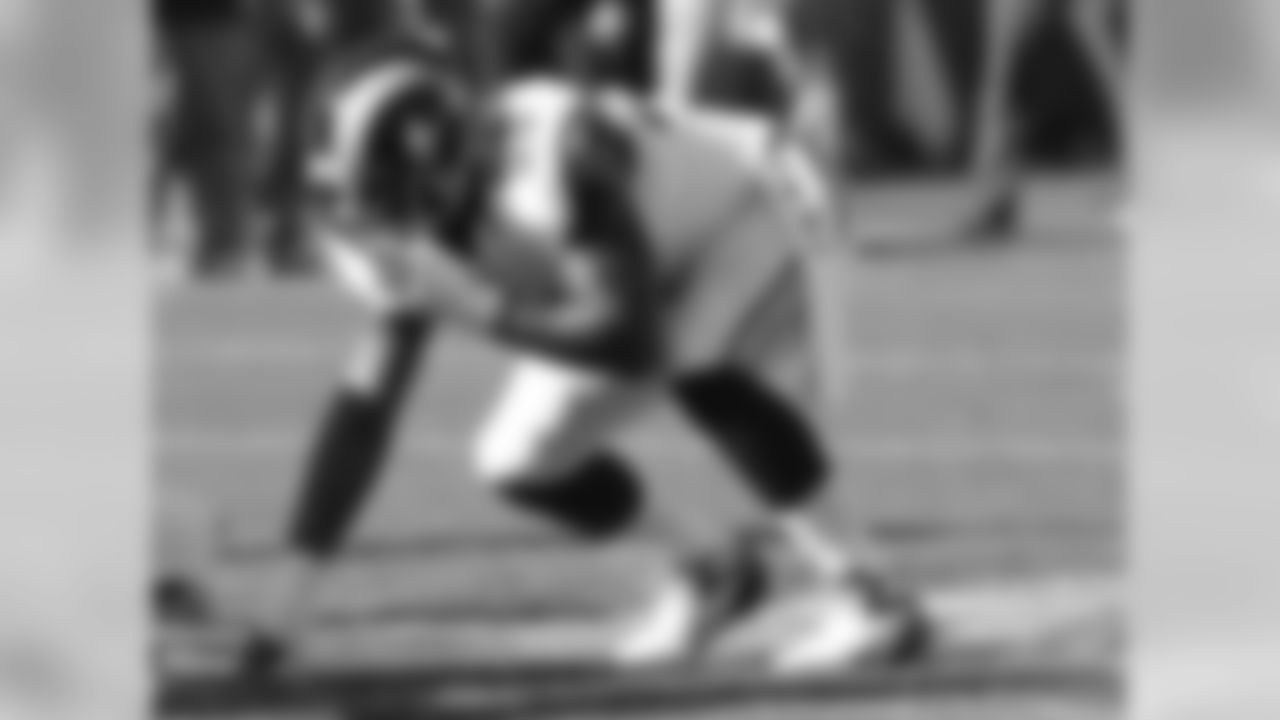
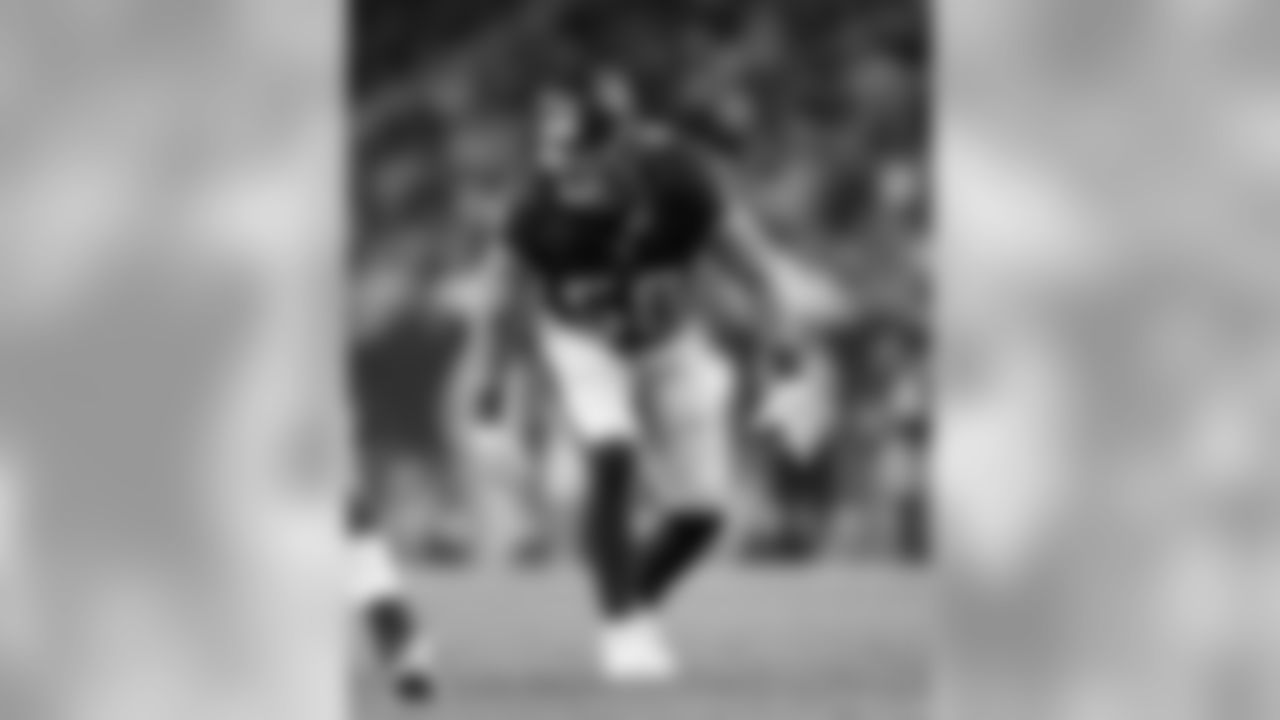

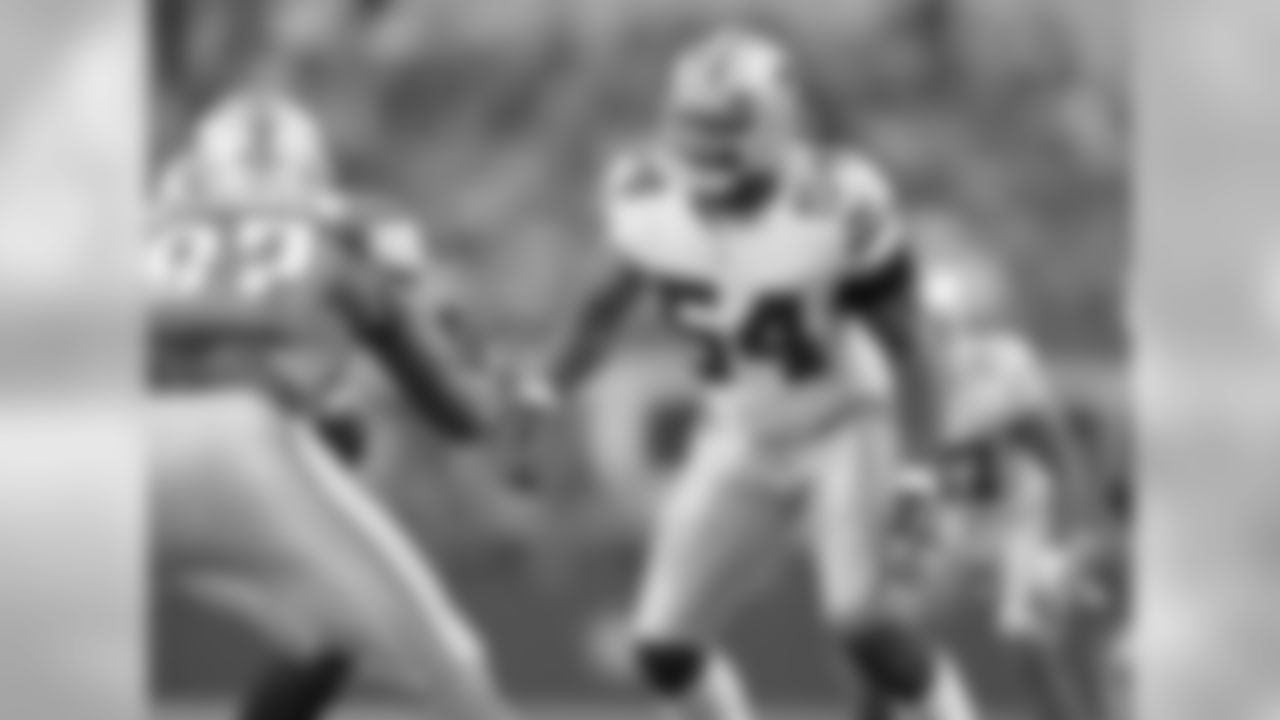

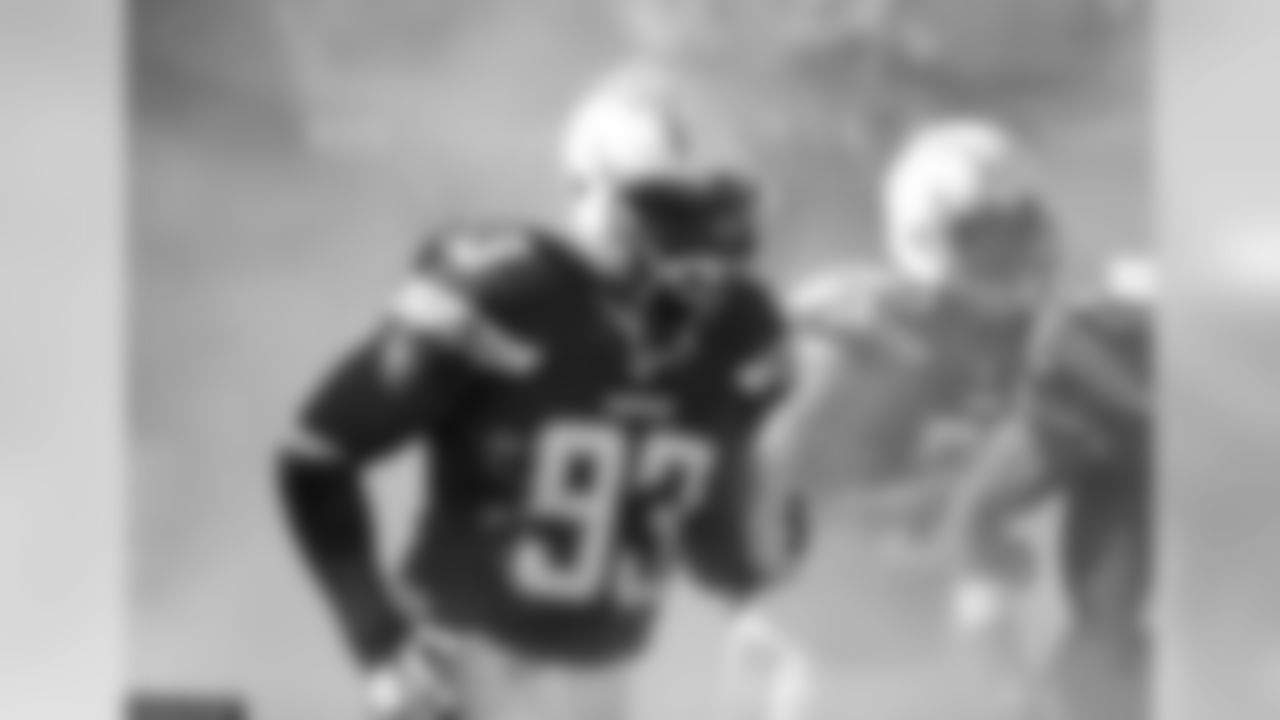
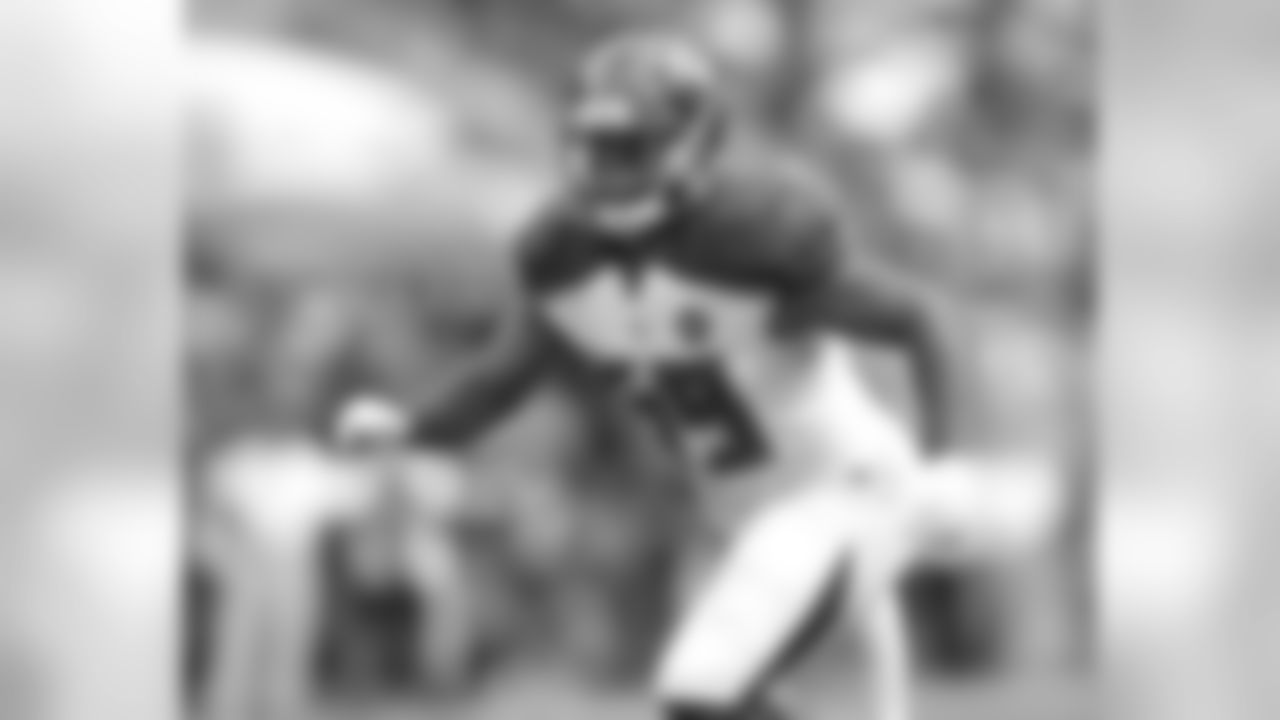





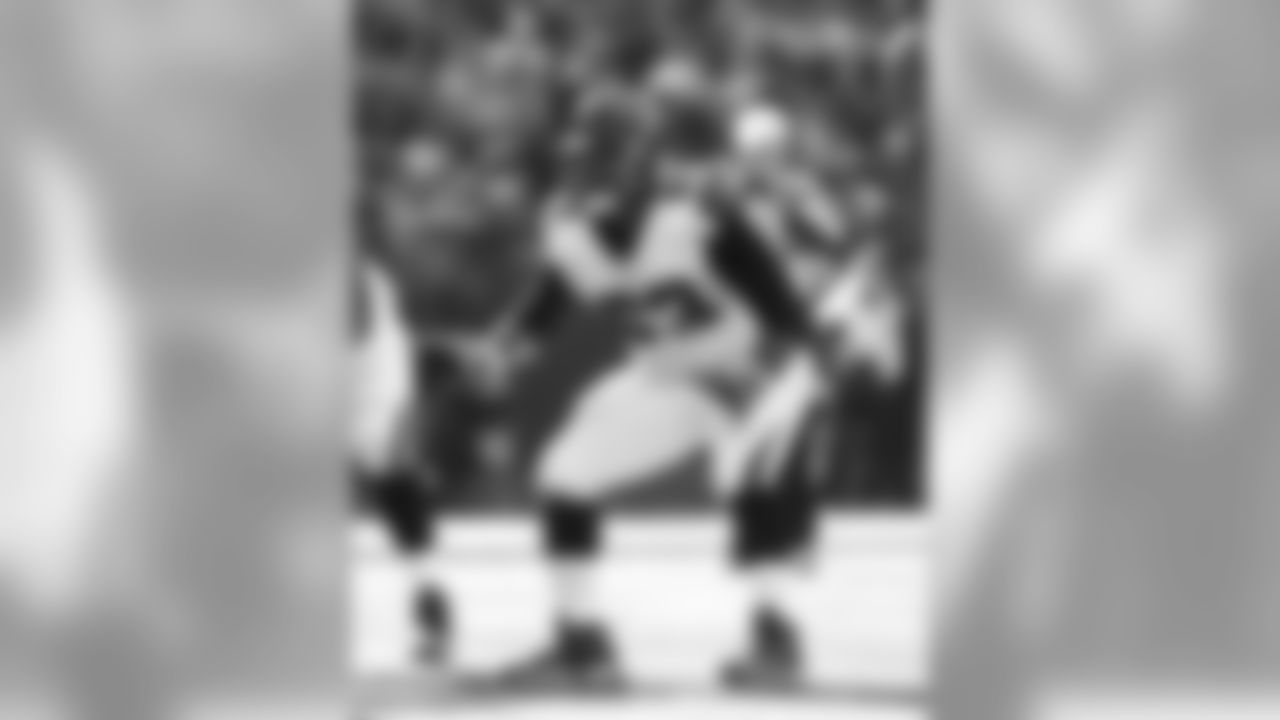


(Note: Stephen Gostowski was tagged)

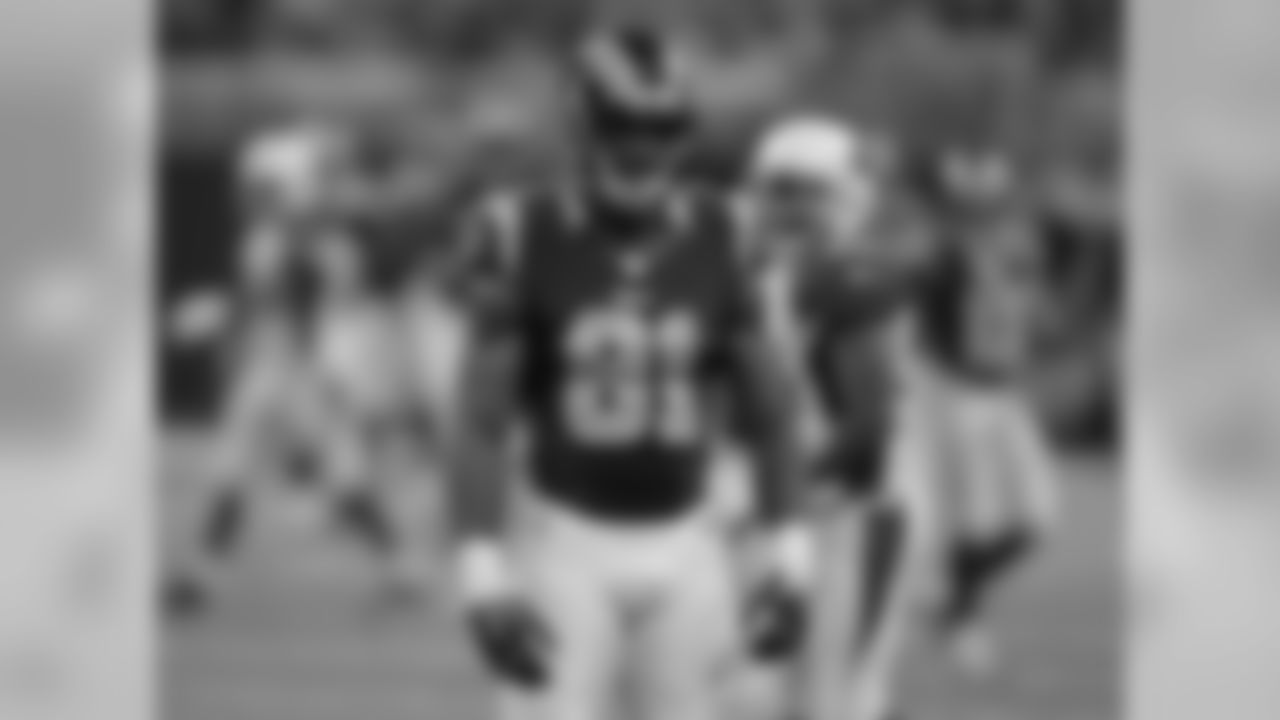
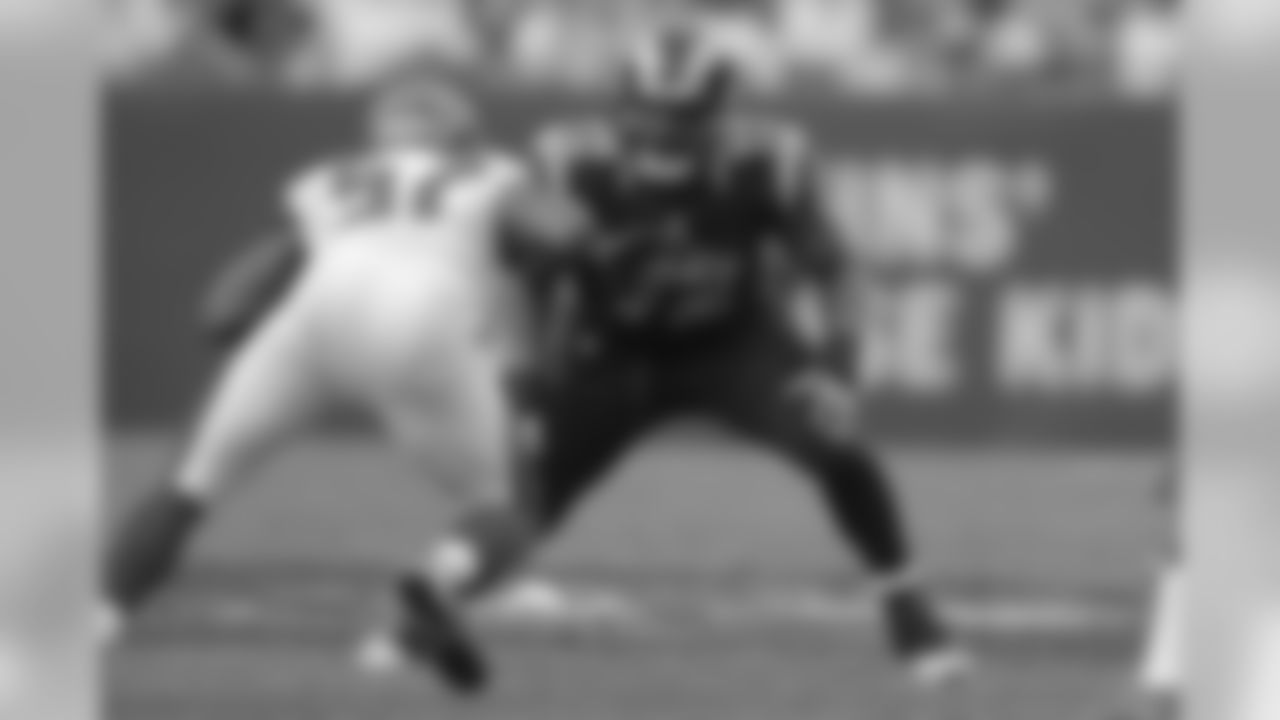
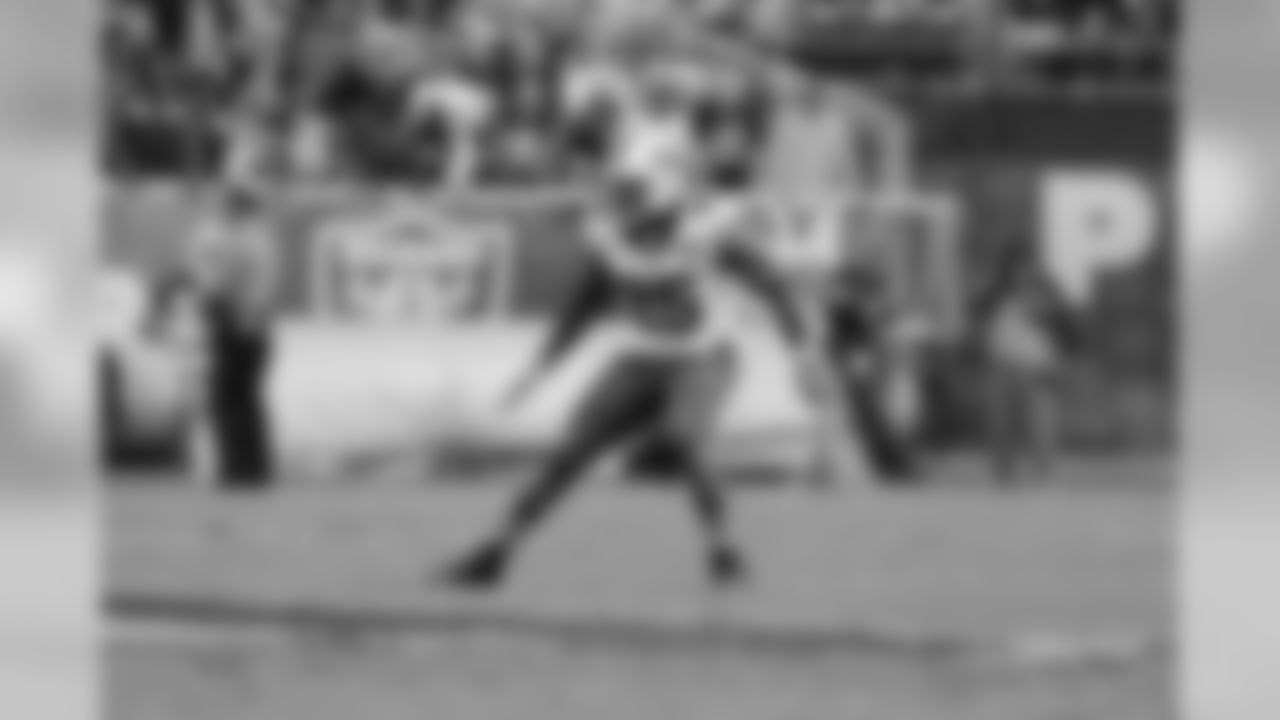




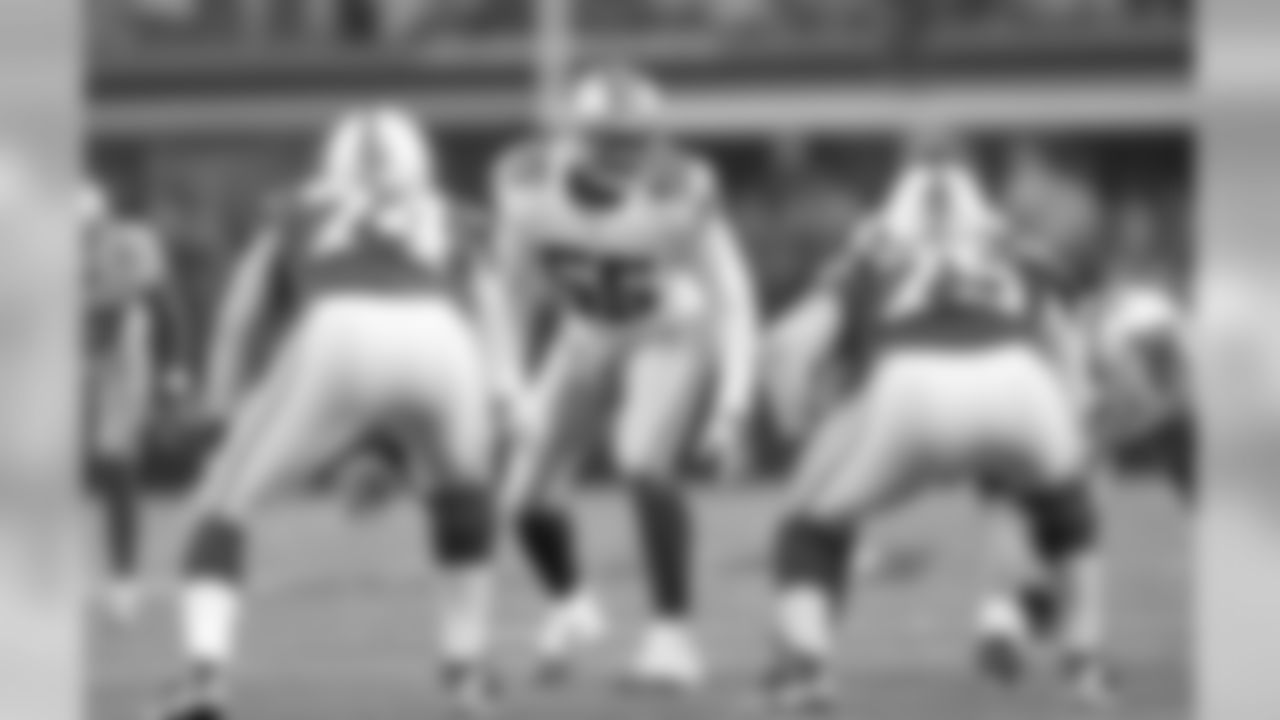

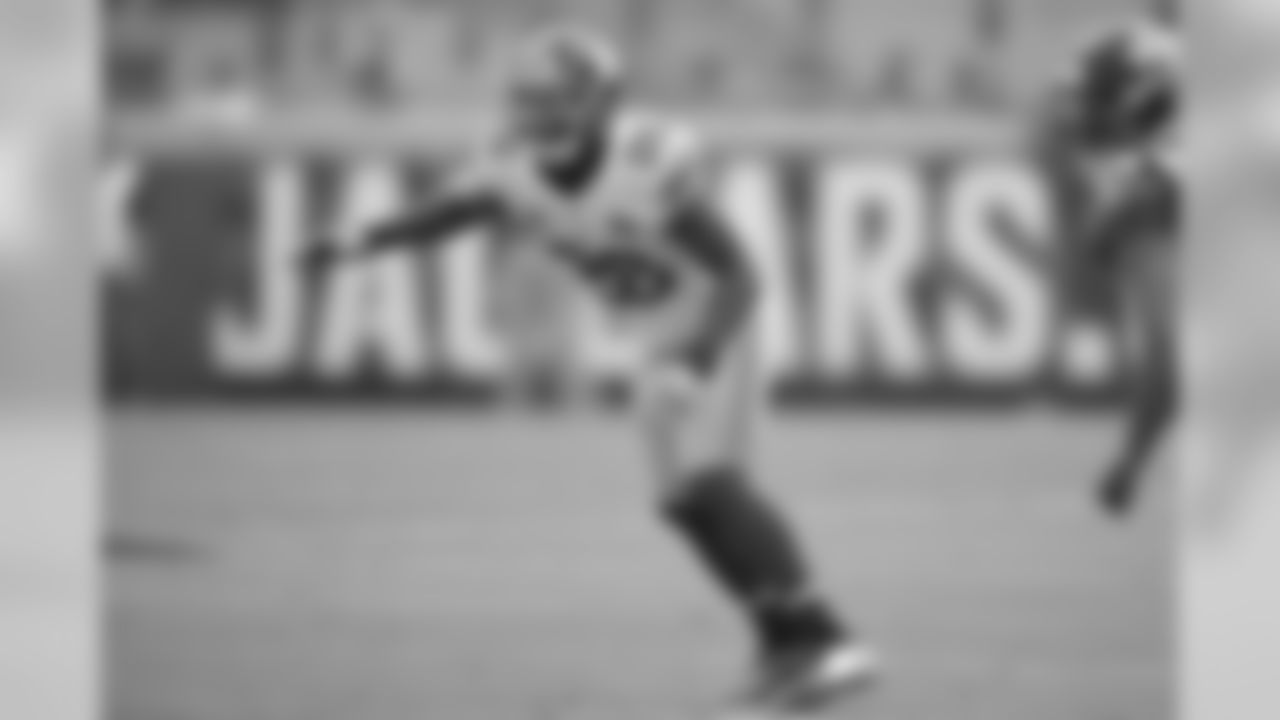
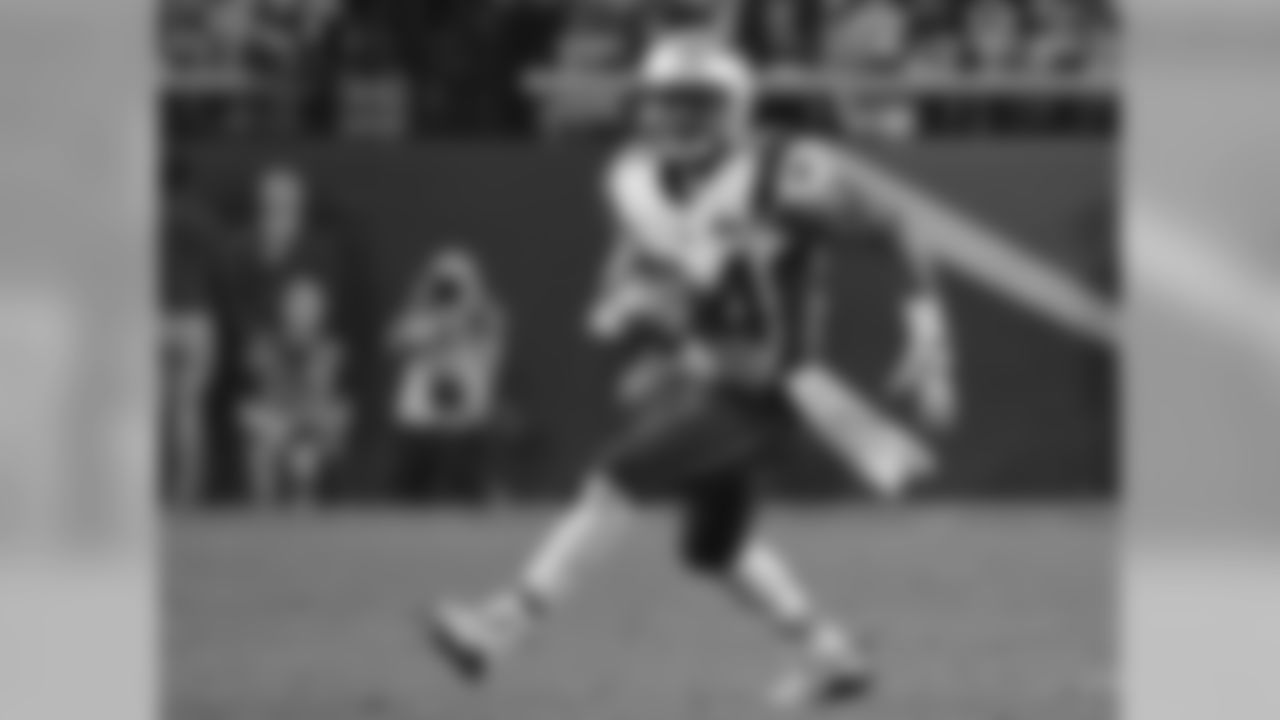
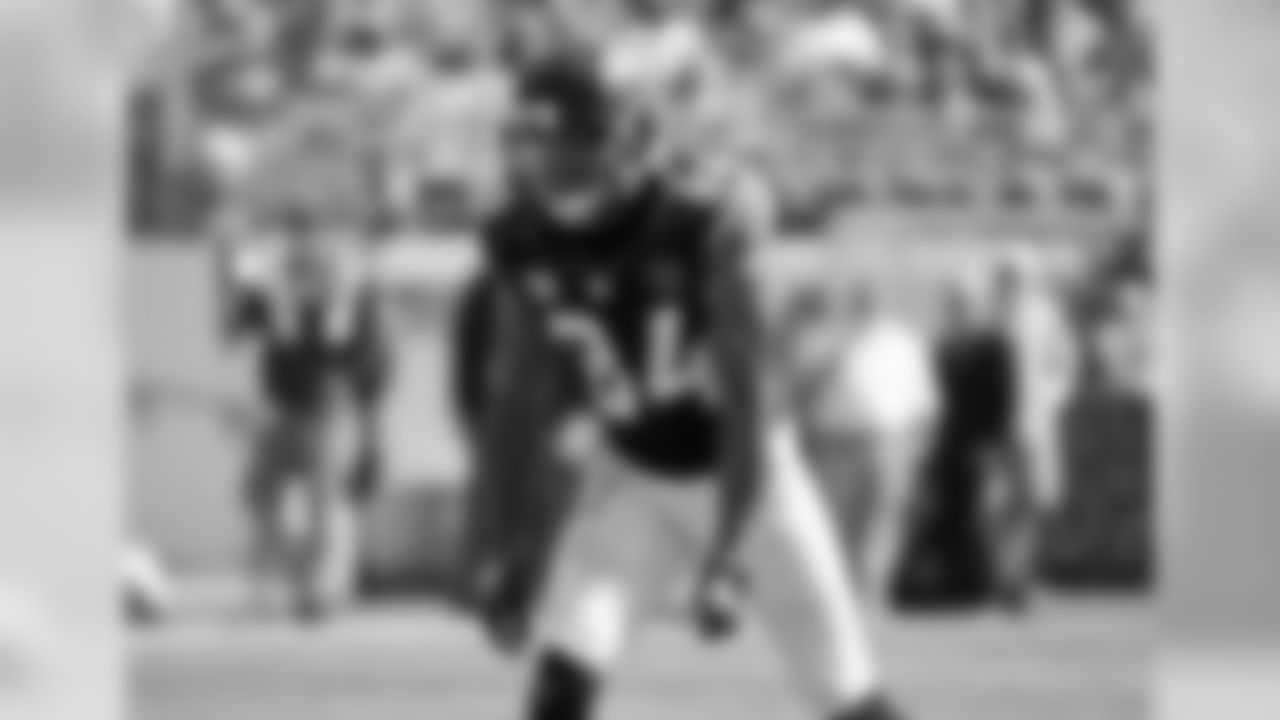
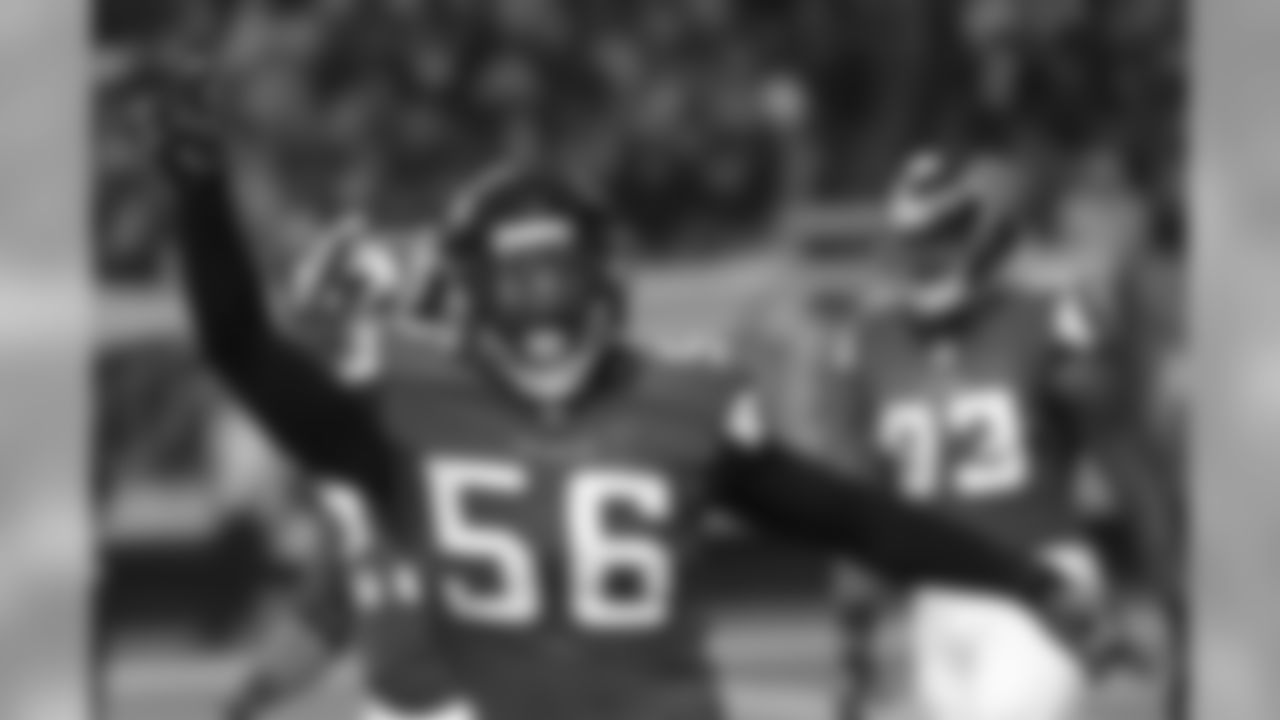



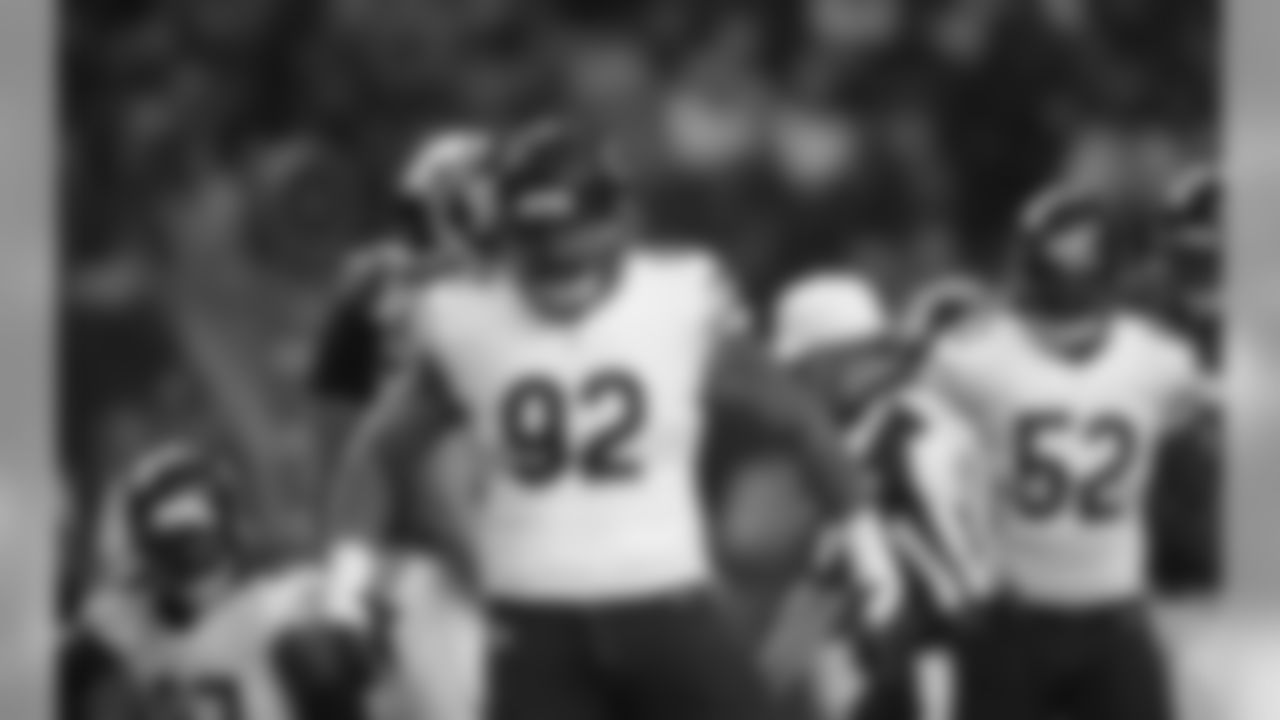



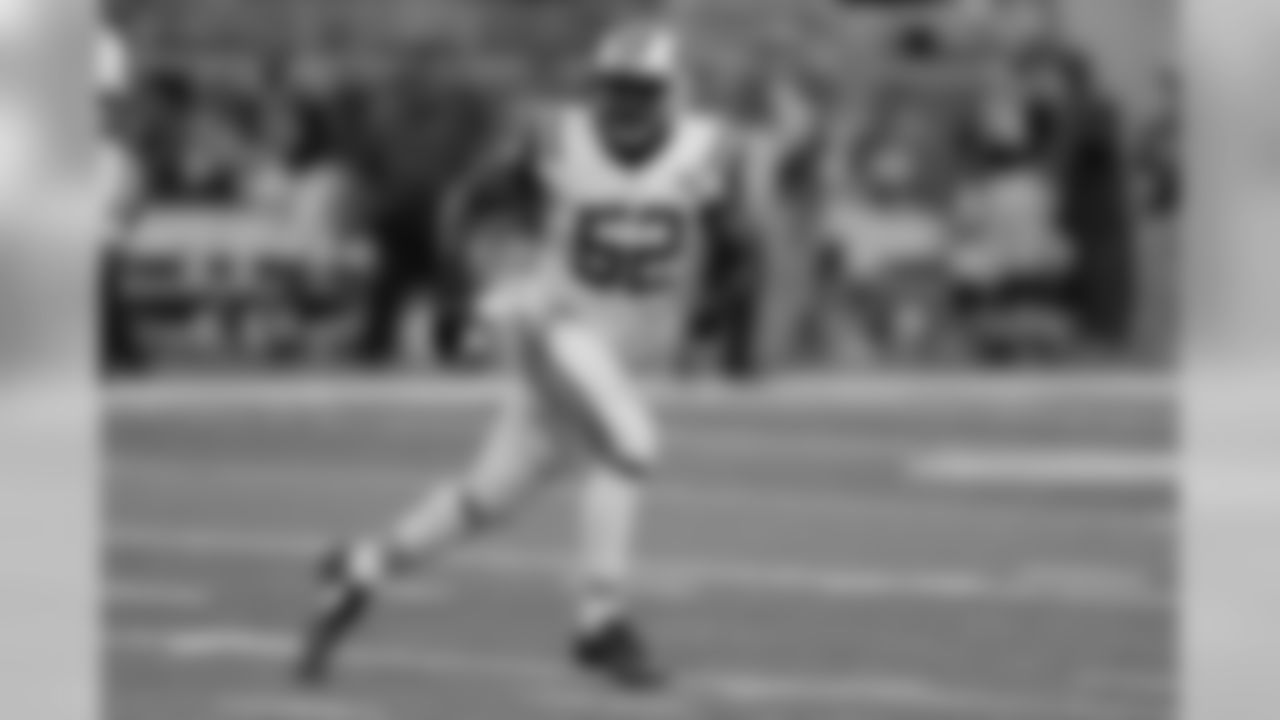
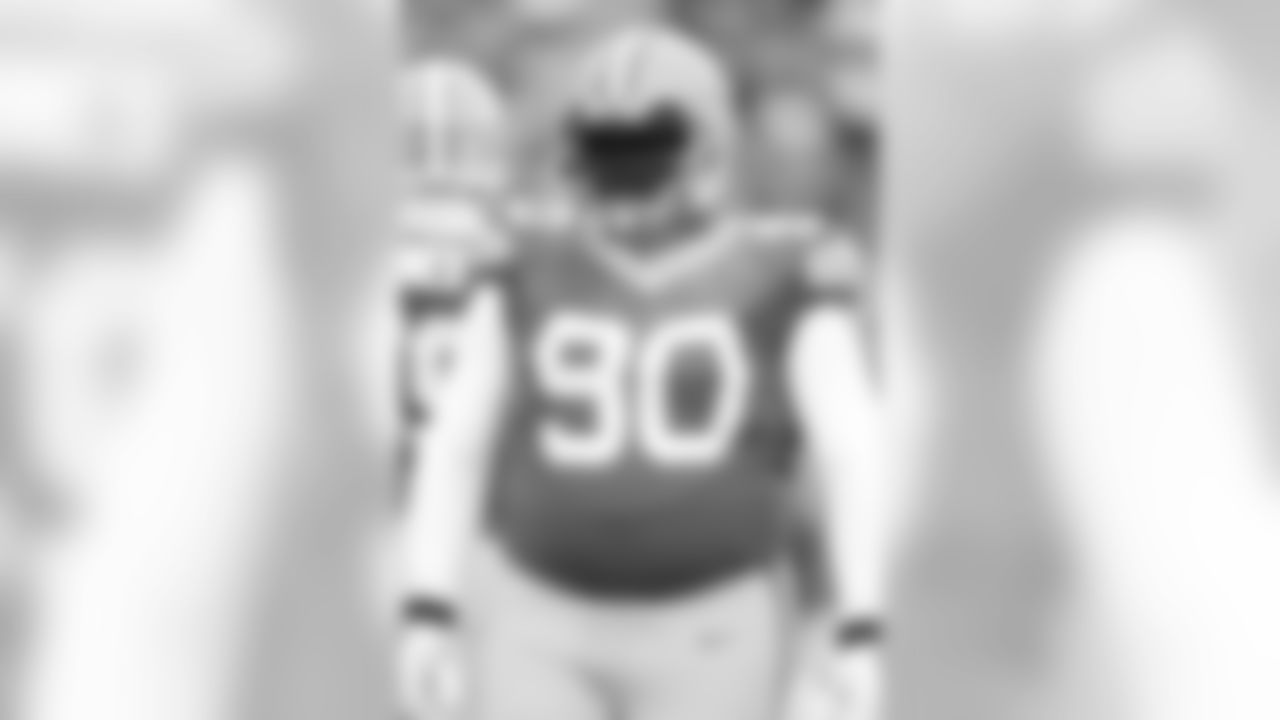


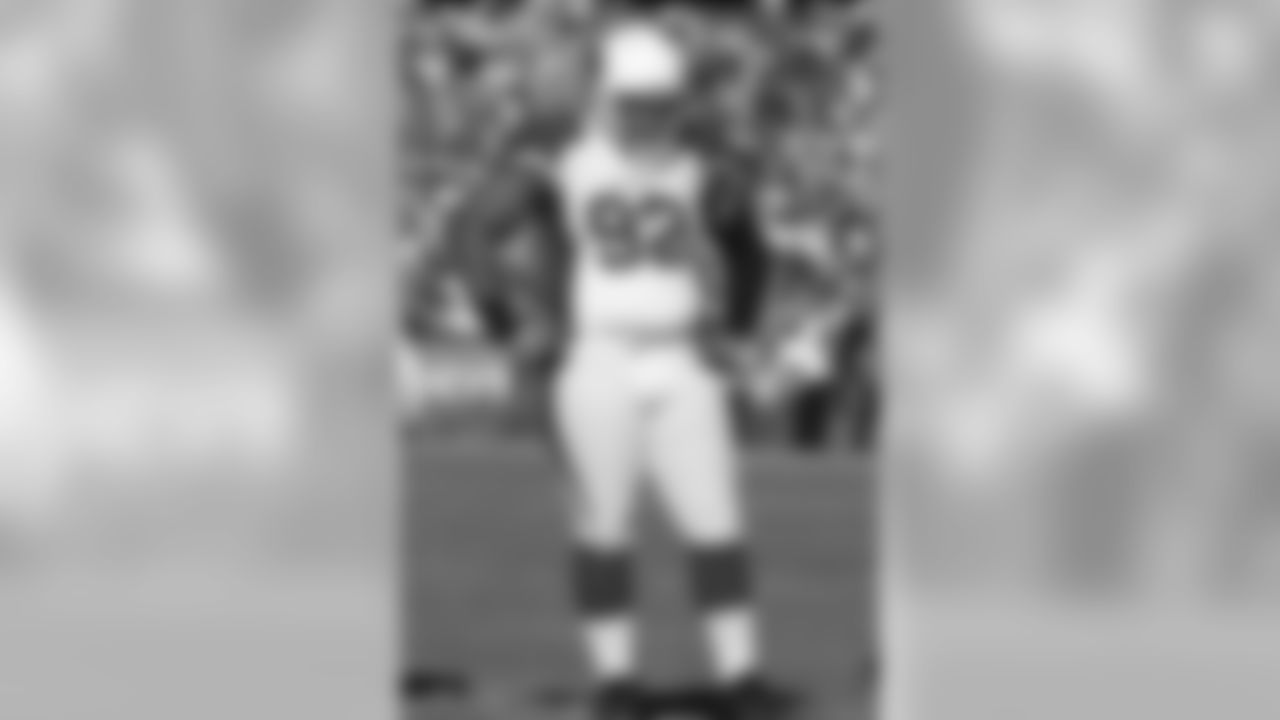


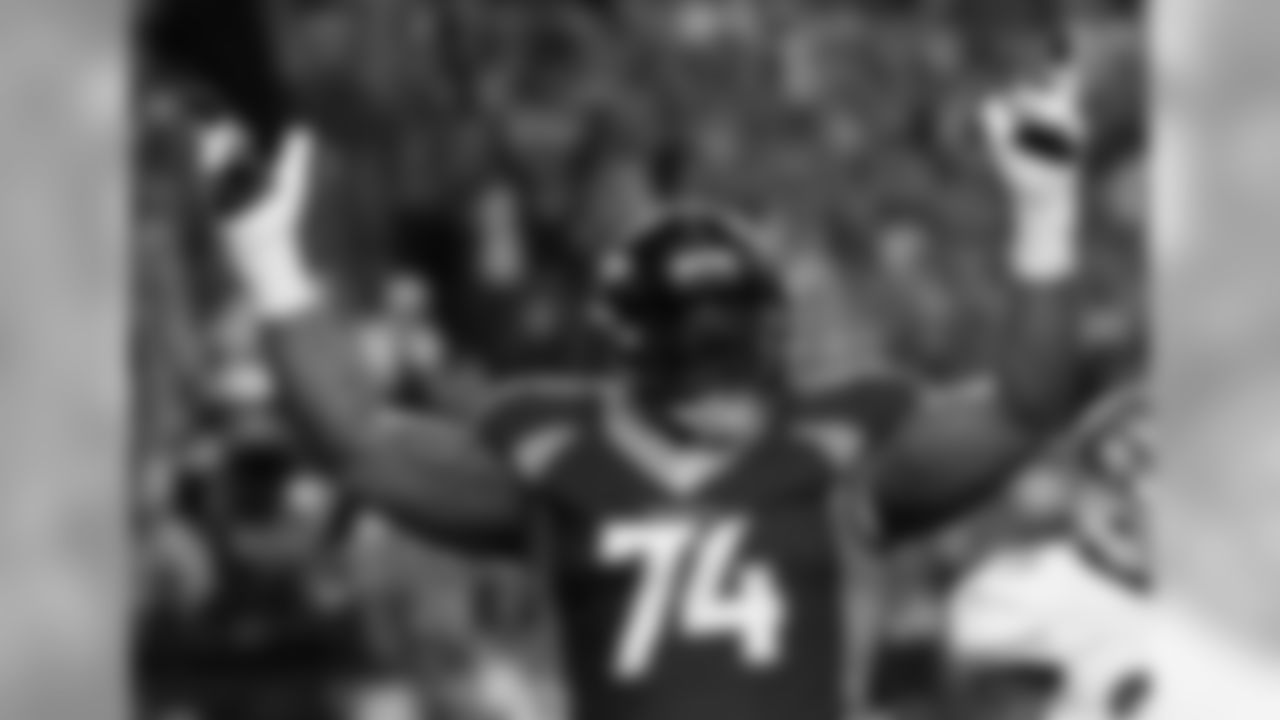
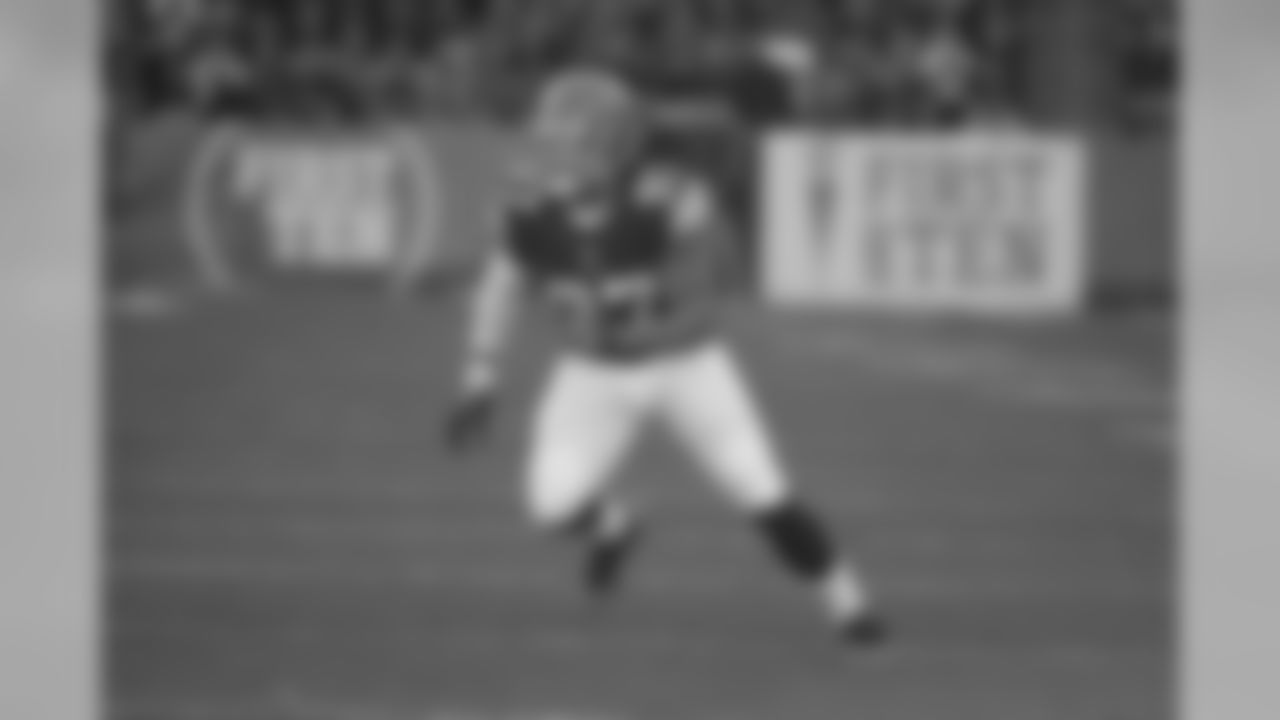
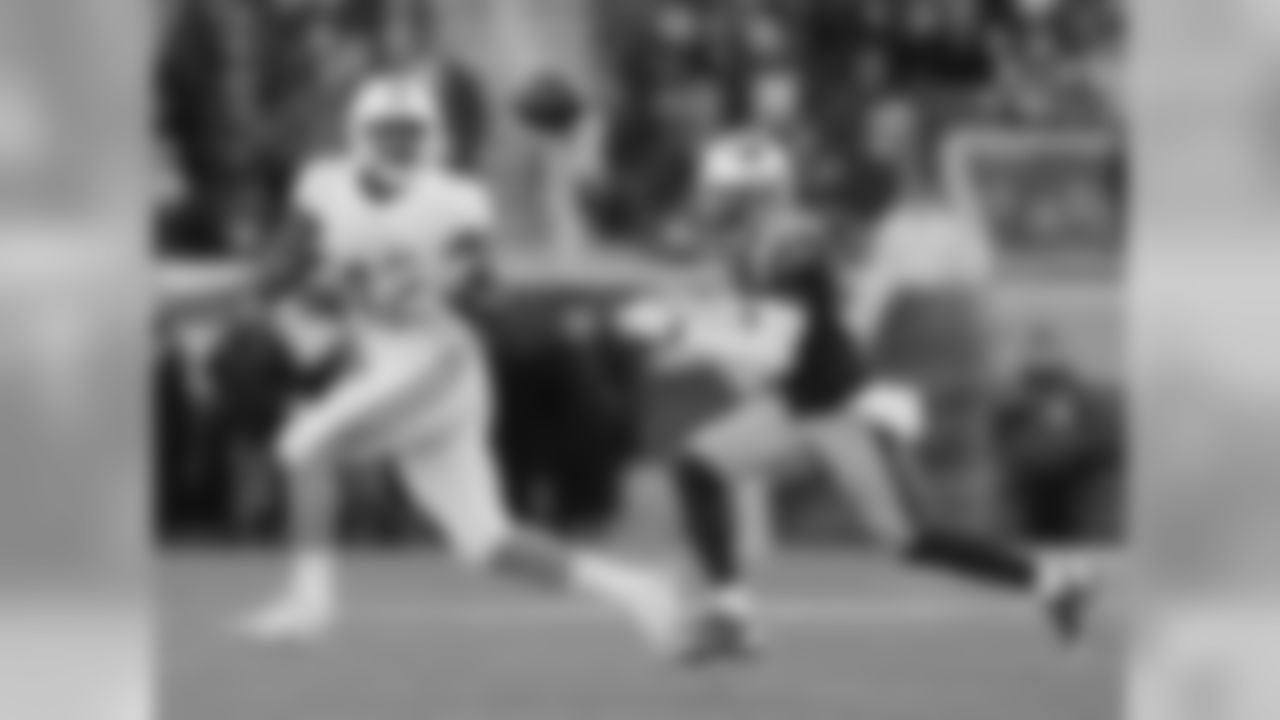
(Note: Charles Clay was tagged)

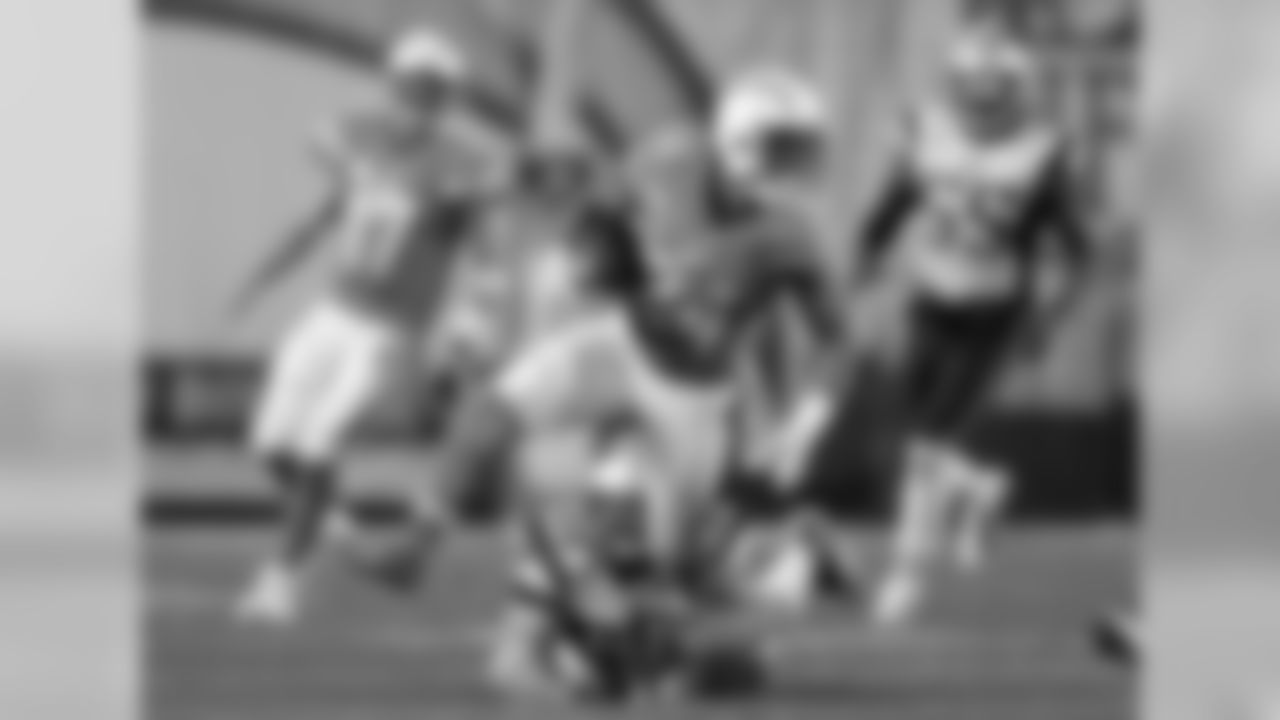
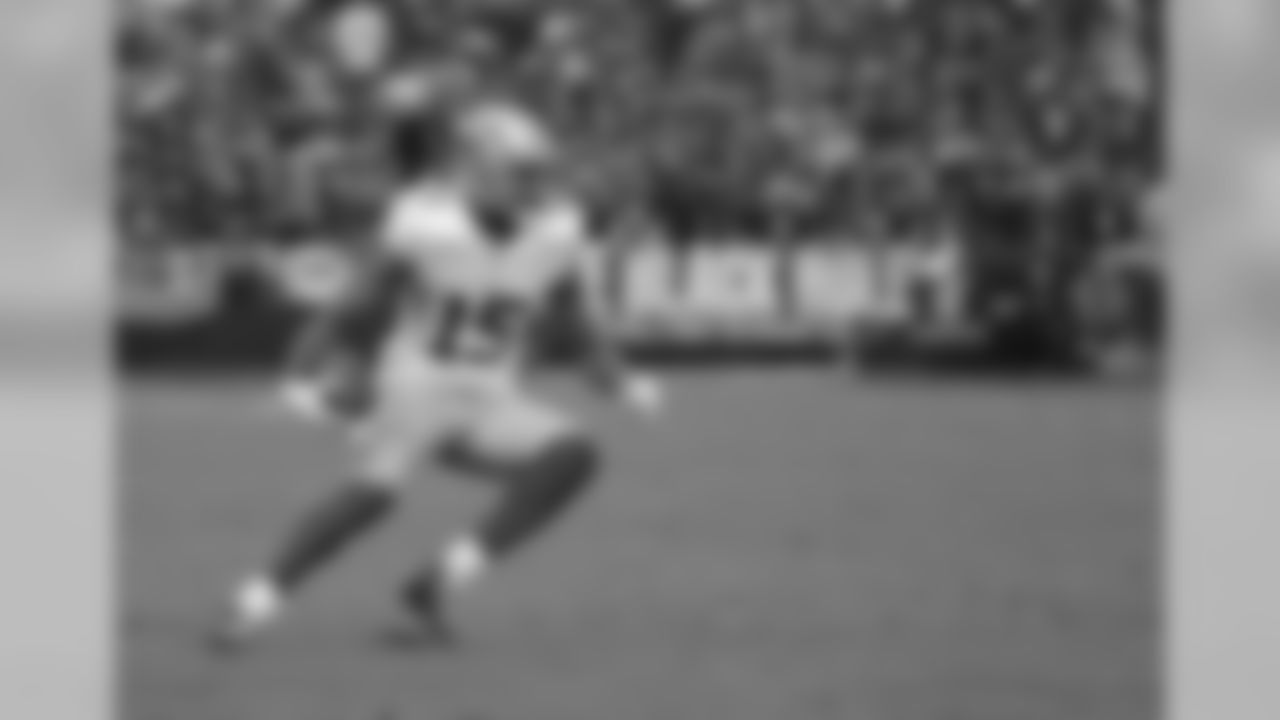
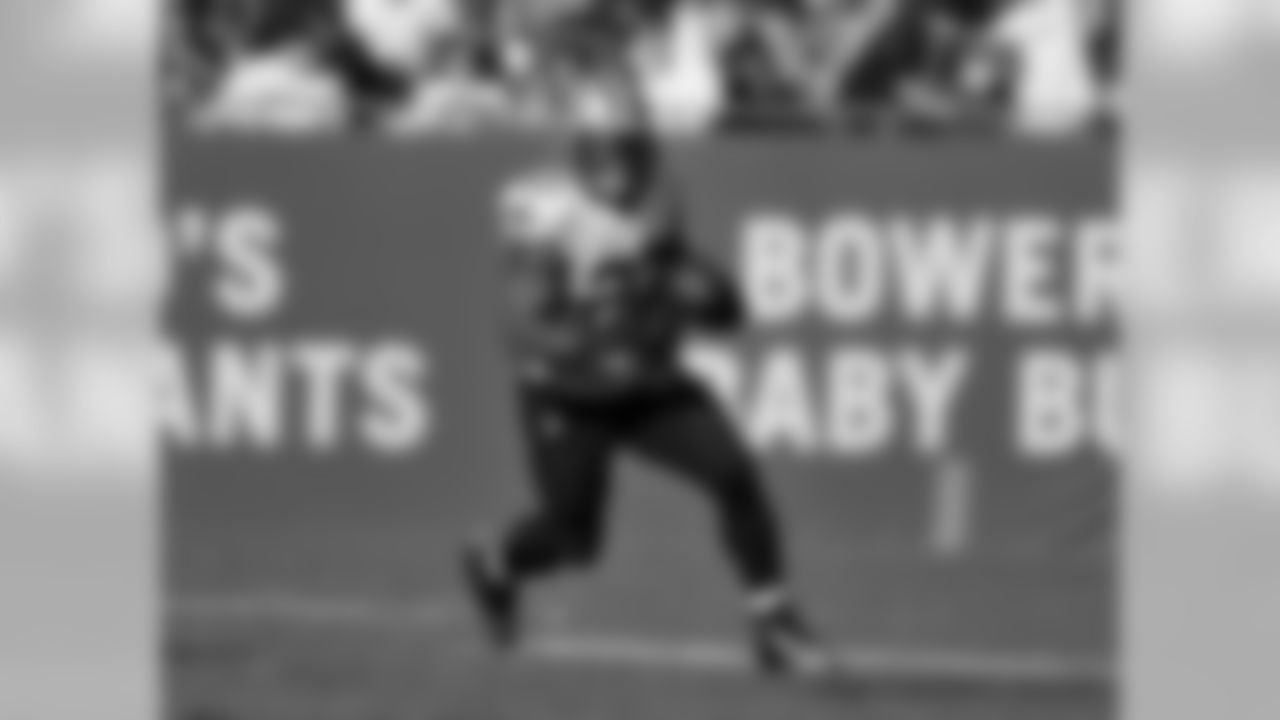



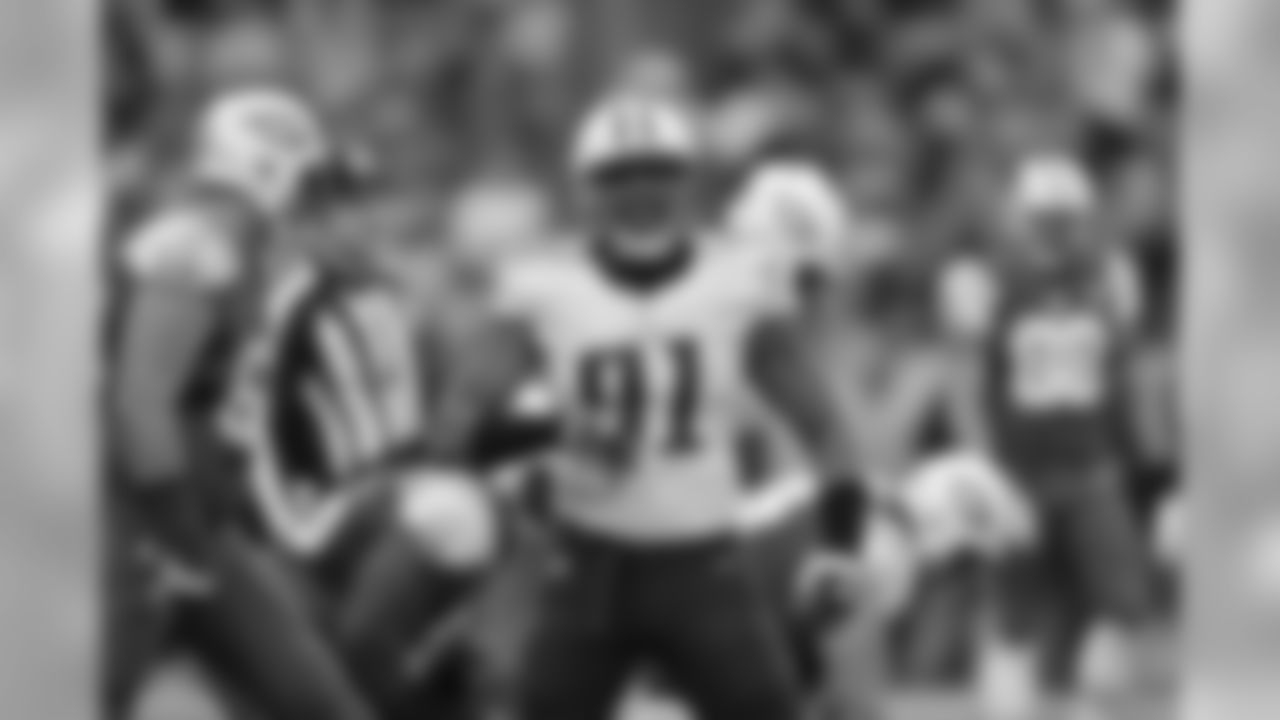




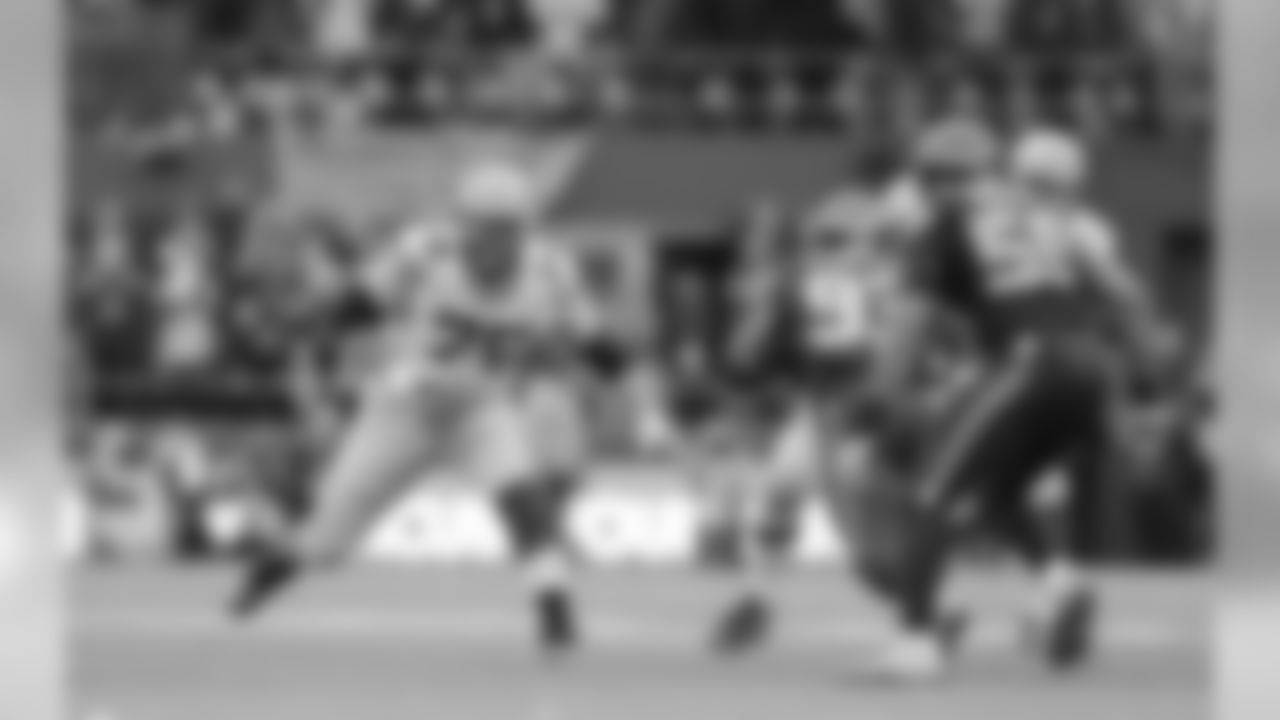

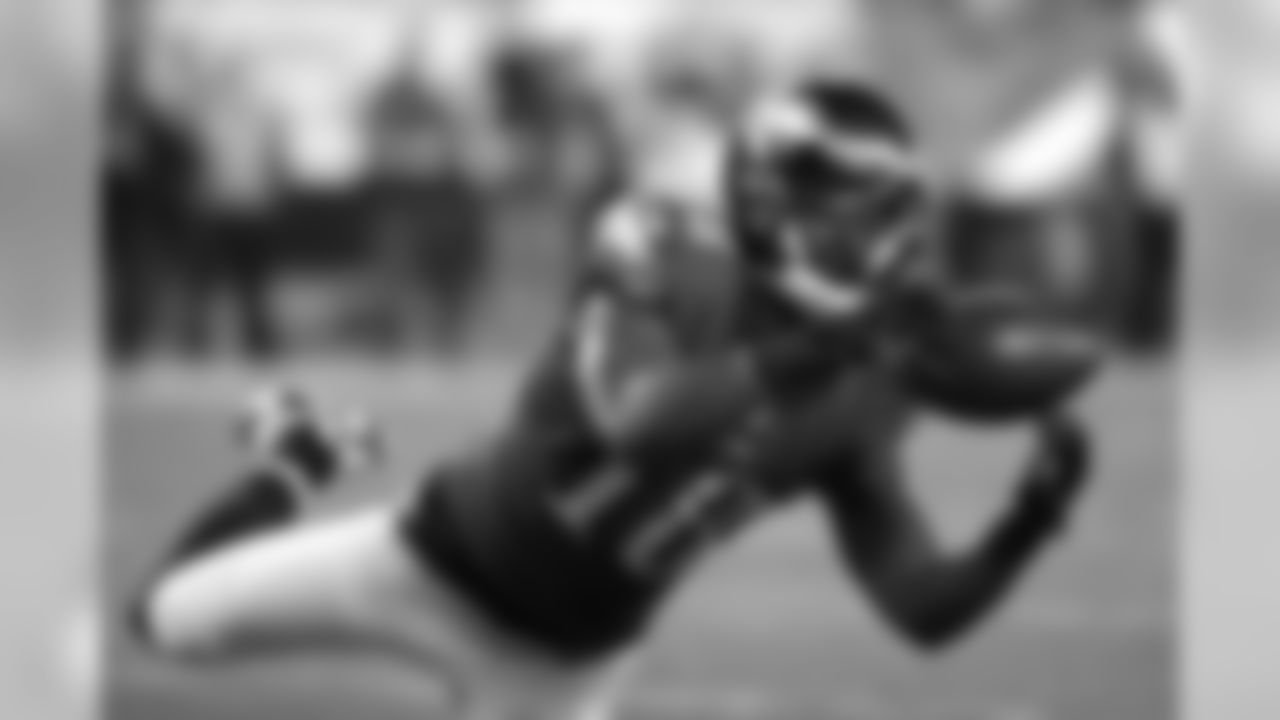
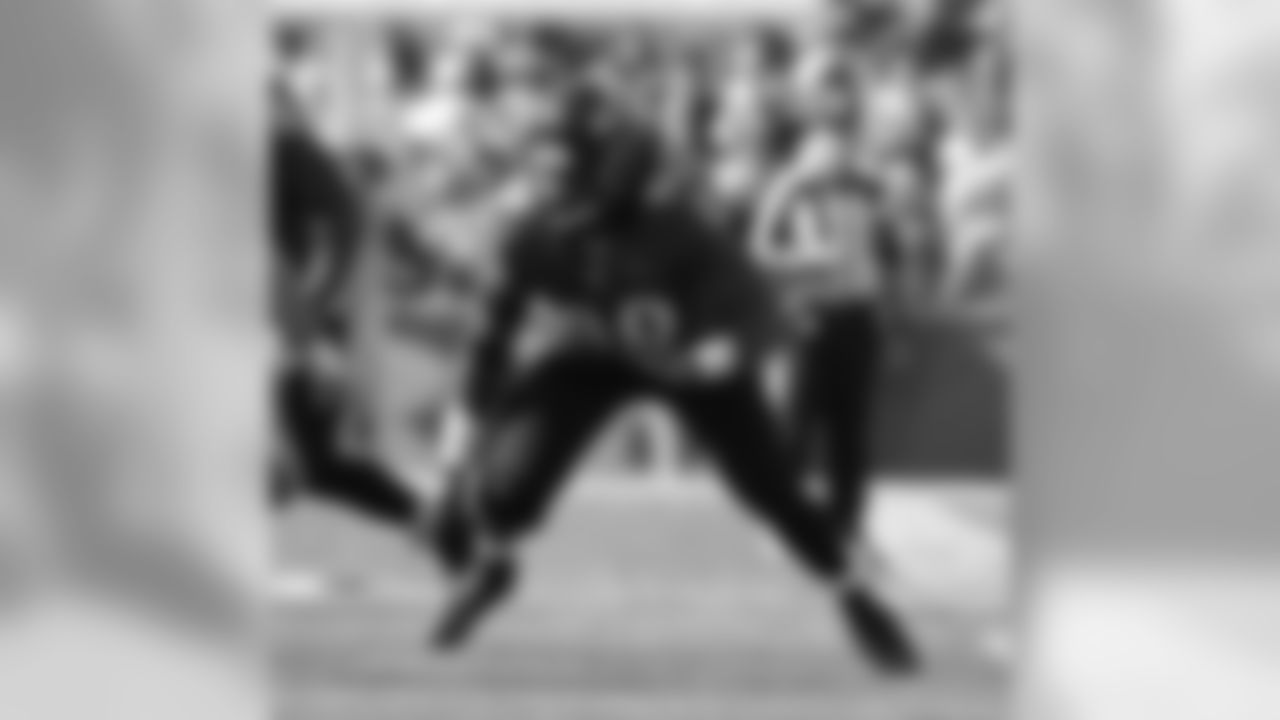
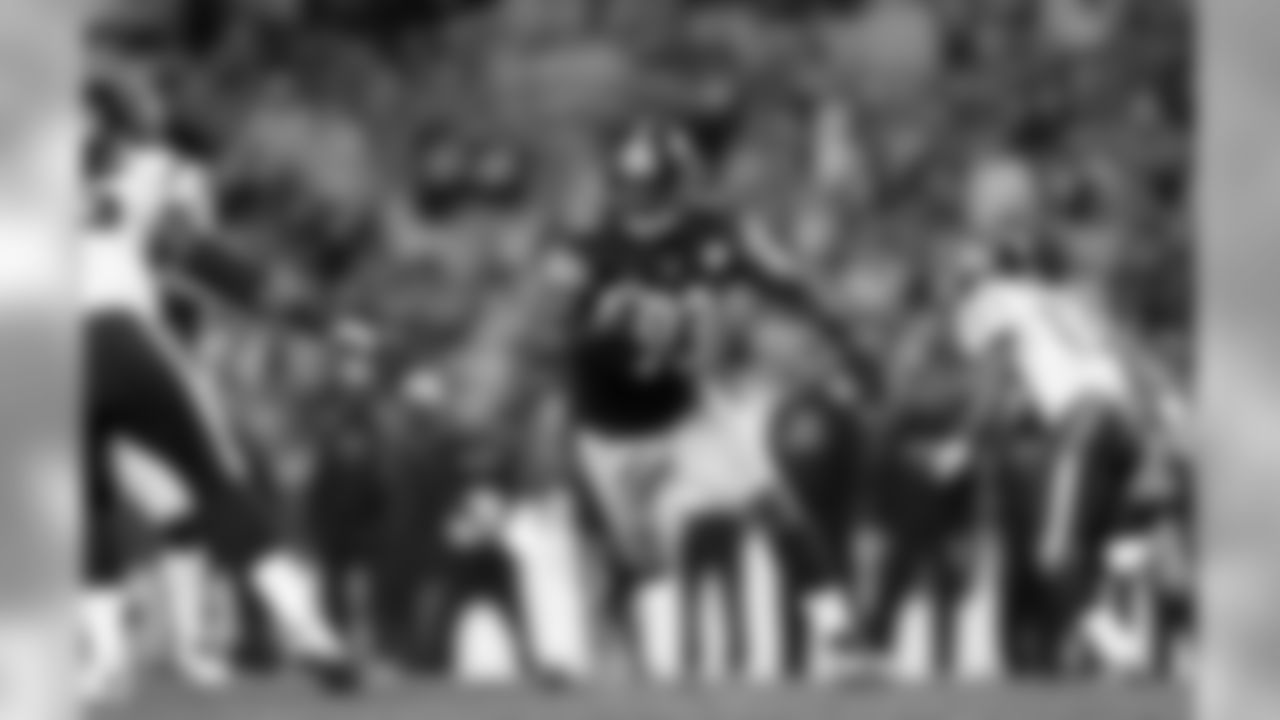
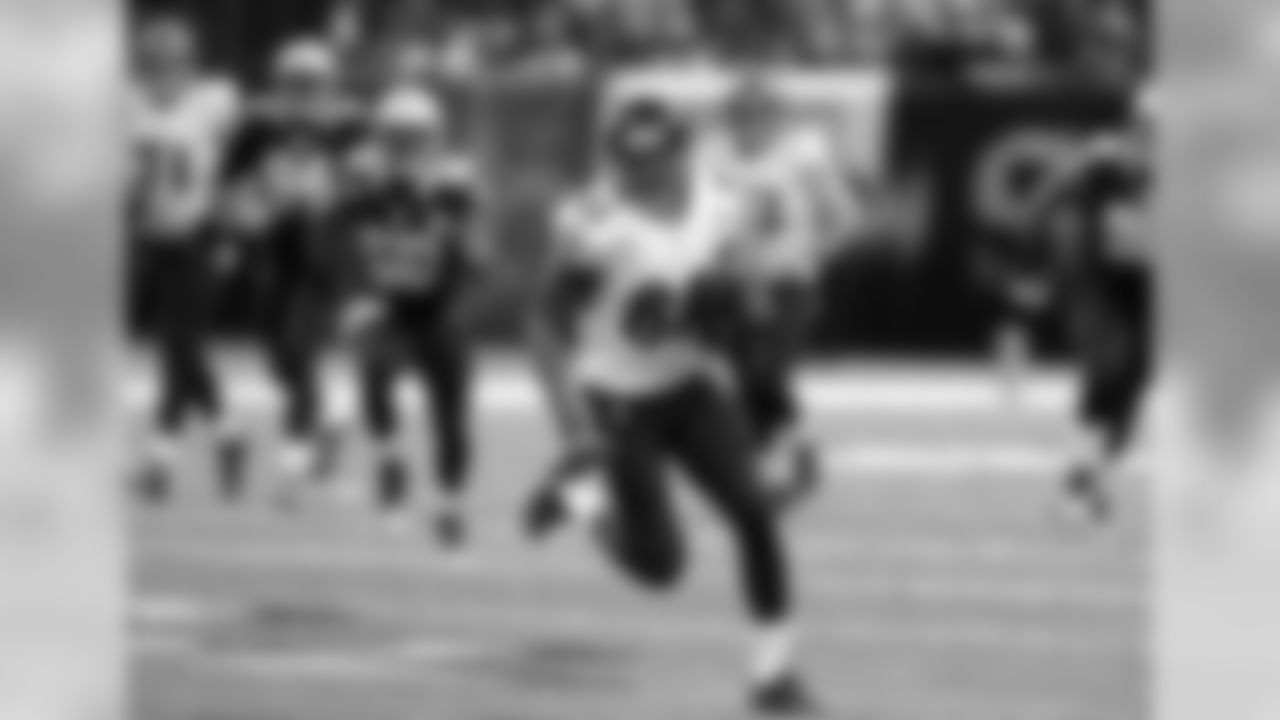
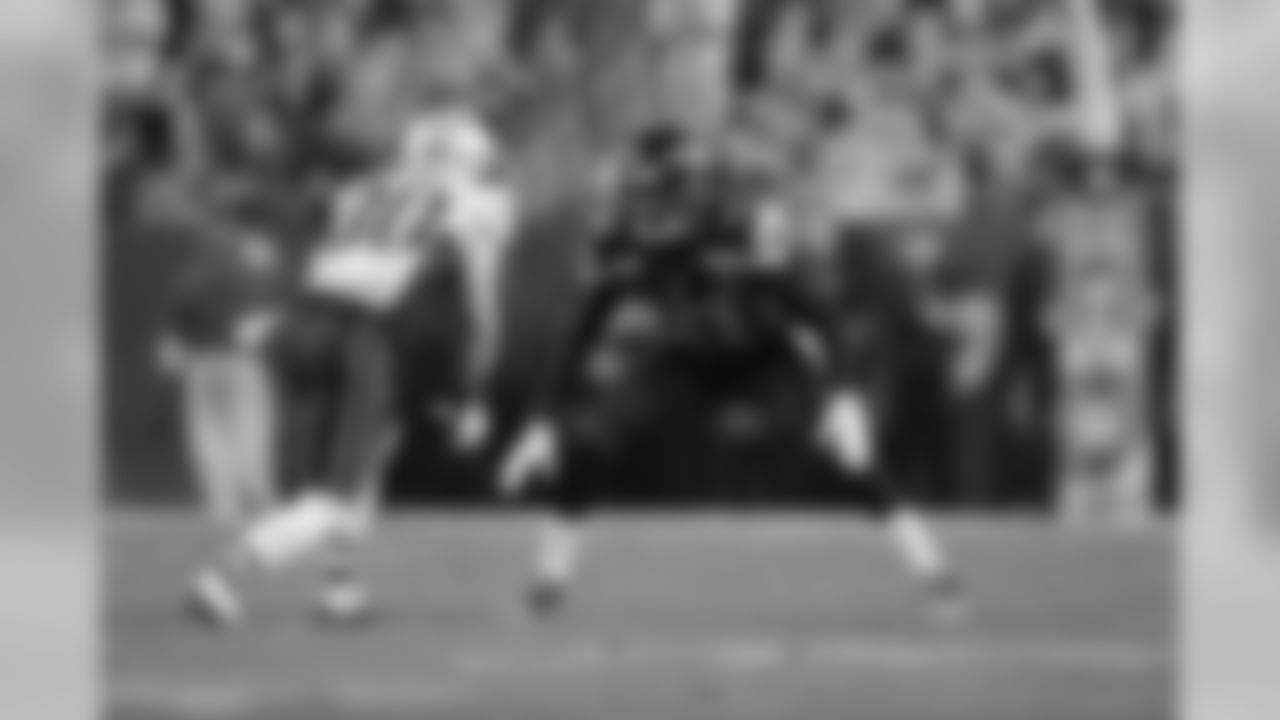





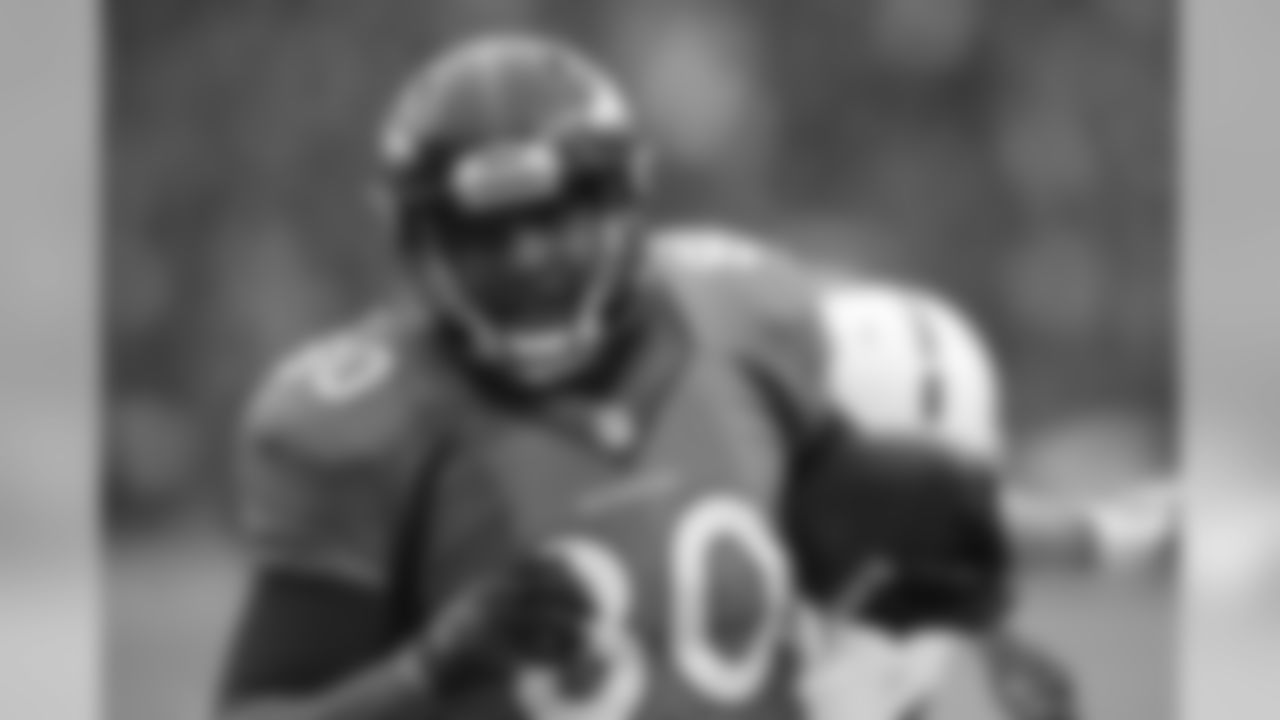
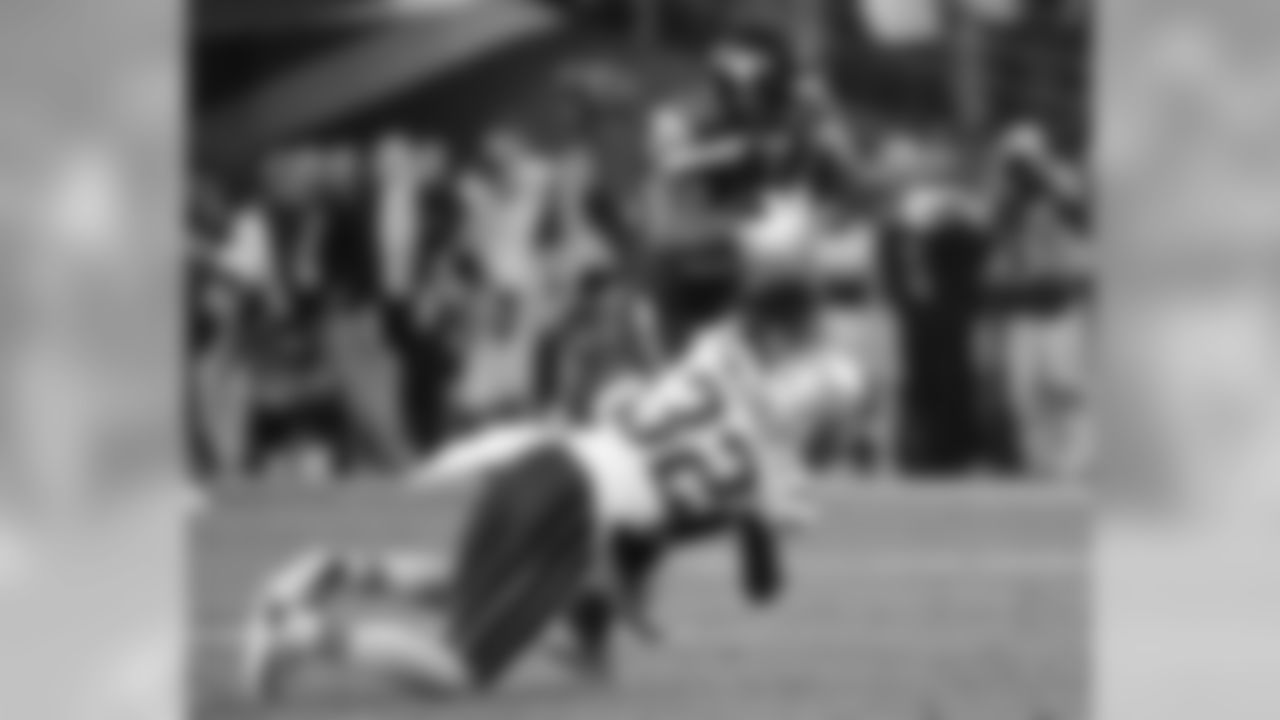
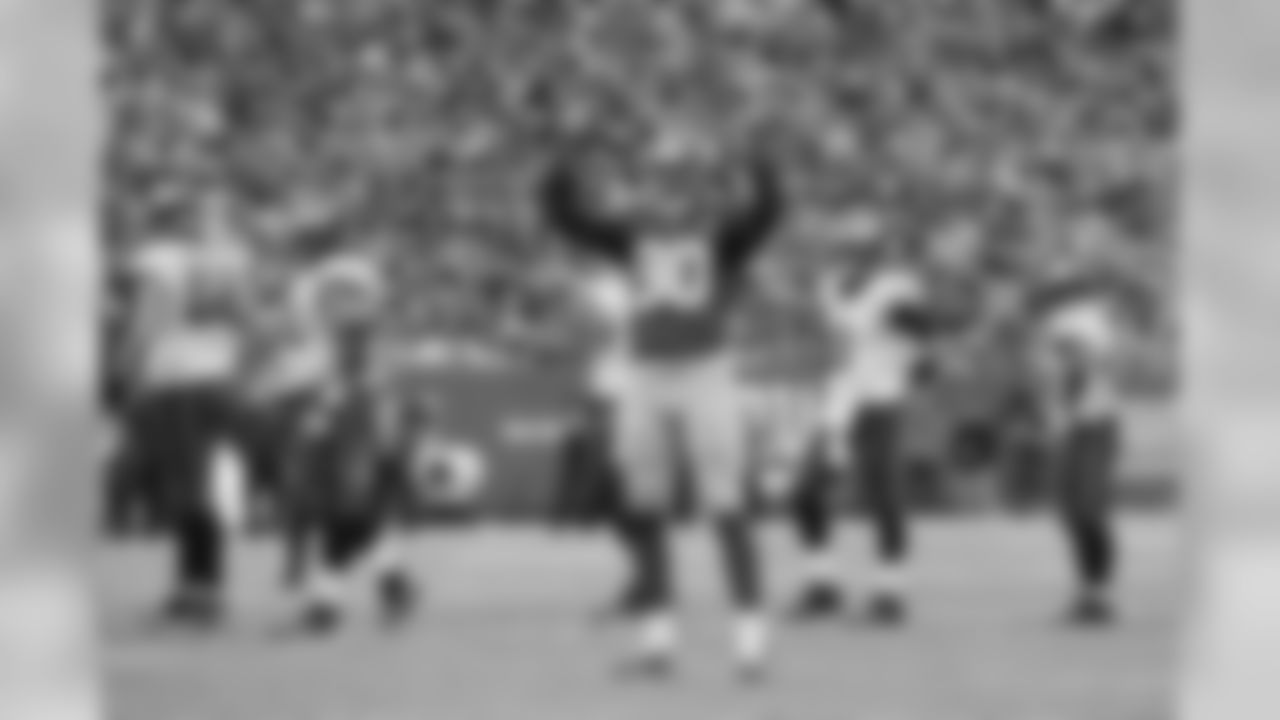
(Note: Jason Pierre-Paul was tagged)

(Note: Demaryius Thomas was tagged)

(Note: Dez Bryant was tagged)
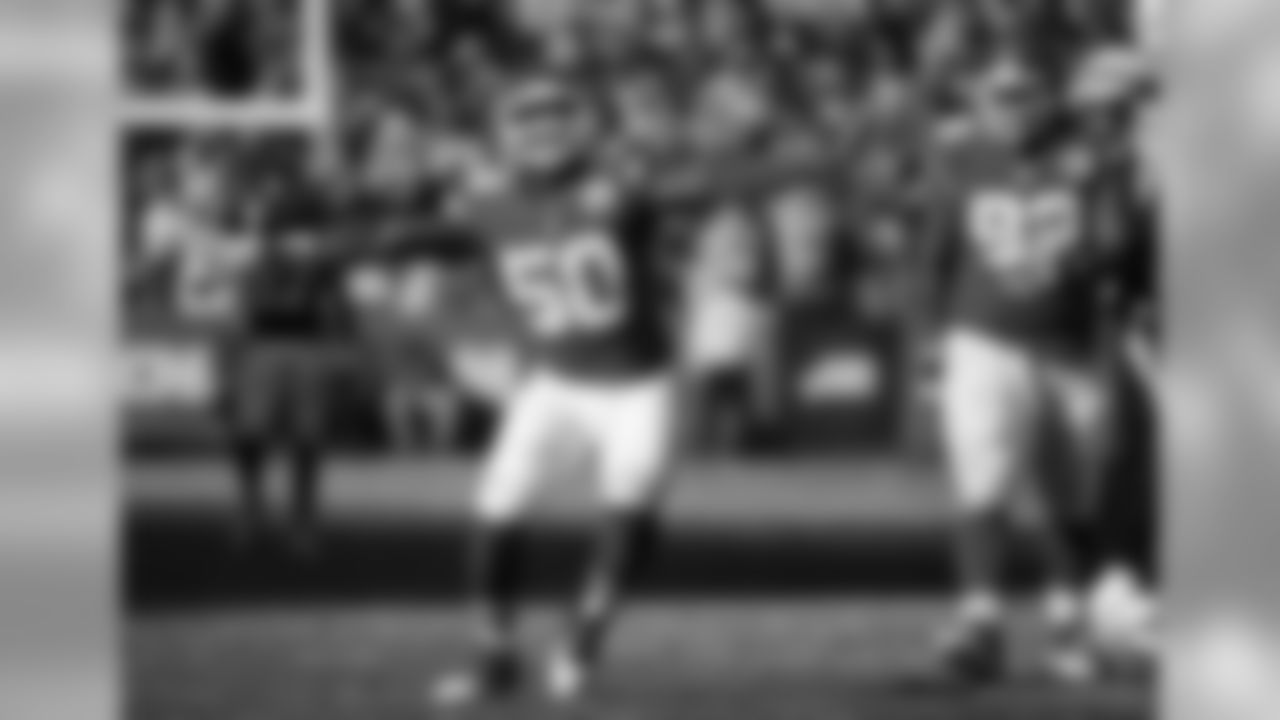
(Note: Justin Houston was tagged)

Related Links
Articles
Winston visits Bucs
Free agency review: QBs
Top 5 free agent QBs
Mock Draft Roundup, 4.0
5 can't miss Pro Days
Photos
Videos
In the two-plus decades since the advent of unrestricted free agency in 1993, the Tampa Bay Buccaneers have tried their hand at important players at every position on the depth chart, with varying levels of success. With the 2015 free agency period set to begin on Tuesday, March 10, Buccaneers.com is taking a look at the team's free agency history, position by position. Today: Wide Receivers and Tight Ends.*
(Note: This list contains only players who were unrestricted or restricted free agents, and thus does not include players who were available because they had been released by their previous teams prior to free agency.)*1994: TE Jackie Harris (restricted free agent)
The Bucs plucked a restricted free agent away from the Packers for the second straight year in '94, this time going after tight end Jackie Harris. This was a bit more significant of a move, as Harris had 97 catches for Green Bay over the previous two seasons and was seen as a player on the rise at his position.
Harris proved to be a fairly productive player over four seasons in Tampa, though perhaps not quite to the level the team had hoped. Injuries robbed him of time in three of those four campaigns, but when he played all 16 in 1995 he was able to haul in 62 passes for 751 yards and one score. Of course, when judging Harris's numbers, one should definitely note that Tampa Bay's passing attack was not potent at all in that era; in fact, those 62 receptions in '95 were by far the highest total on the team. Harris went on to play four more seasons in Tennessee and Dallas and ended his career with nearly 400 grabs and 4,500 yards.1995: WRs Alvin Harper and Clarence Verdin
Harper, of course, is among the most notorious free agency failures for the franchise. It's fair to say that teams were still figuring out the best way to make use of the open market in these first few seasons of free agency, and in retrospect the Buccaneers seemed to make what is now a pretty recognizable mistake: Take the #2 receiver from a good offense and try to make him your #1 receiver. It can work, but it definitely did not with Harper. Severed from his Cowboy partner, future Hall-of-Famer Michael Irvin, Harper had just 65 catches over two seasons in Tampa and never came close to duplicating the 20+-yards per grab he had put up in Dallas. The Bucs released him during the summer of 1997 and he would subsequently play in just 14 more NFL games.
Buc fans can be forgiven if they don't remember the Clarence Verdin signing that same year. He was really more of a kick returner than a receiver (82 career catches), he had played sparingly in Atlanta in 1994 and he was cut by the Bucs in August, ending his NFL run.
1998: WR Bert Emanuel
Most Buc fans certainly will remember Emanuel; in fact, his name is still well known around the league because it has been attached to the rule that a player can make a valid reception even if the football hits the ground, as long as he has control of it, doesn't need the ground to gain control of it and doesn't lose control of it after it hits the ground.
That's essentially what happened in the NFC Championship Game after the 1999 season, as Tampa Bay was trying to rally in the final minute to overcome an 11-6 deficit in St. Louis. Emanuel's catch near the Rams' 20 was overturned on replay, effectively killing the visitors' comeback hopes, and that rule was then clarified in 2000.
Emanuel was another restricted free agent and the Bucs brought him in with the intention of making him their #1 receiver. A converted college quarterback, he had averaged 900 yards and six touchdowns per season over four years in Atlanta and the Bucs thought he could do even more in Tampa. Again, injuries were an issue, as he played in just 11 games each in 1998 and 1999, but his total of 63 catches for 874 yards and three scores proved to be a disappointment. He went on to play in Miami, Detroit and New England but his career was over by 2001.
2002: TE Marco Battaglia and WR Joe Jurevicius
One of three veteran tight ends that Jon Gruden brought in as he overhauled the Bucs' offense in his first year as head coach, but the only one who was technically an unrestricted free agent. Ken Dilger and Rickey Dudley, who ended up being the team's one-two punch at the position, were both signed after being released by their former teams. Battaglia would play just two games as a Buccaneer and just five games in 2002-03, his last two NFL seasons.
A Throwback Thursday gallery dedicated to Joe Jurevicius in Super Bowl XXXVII.






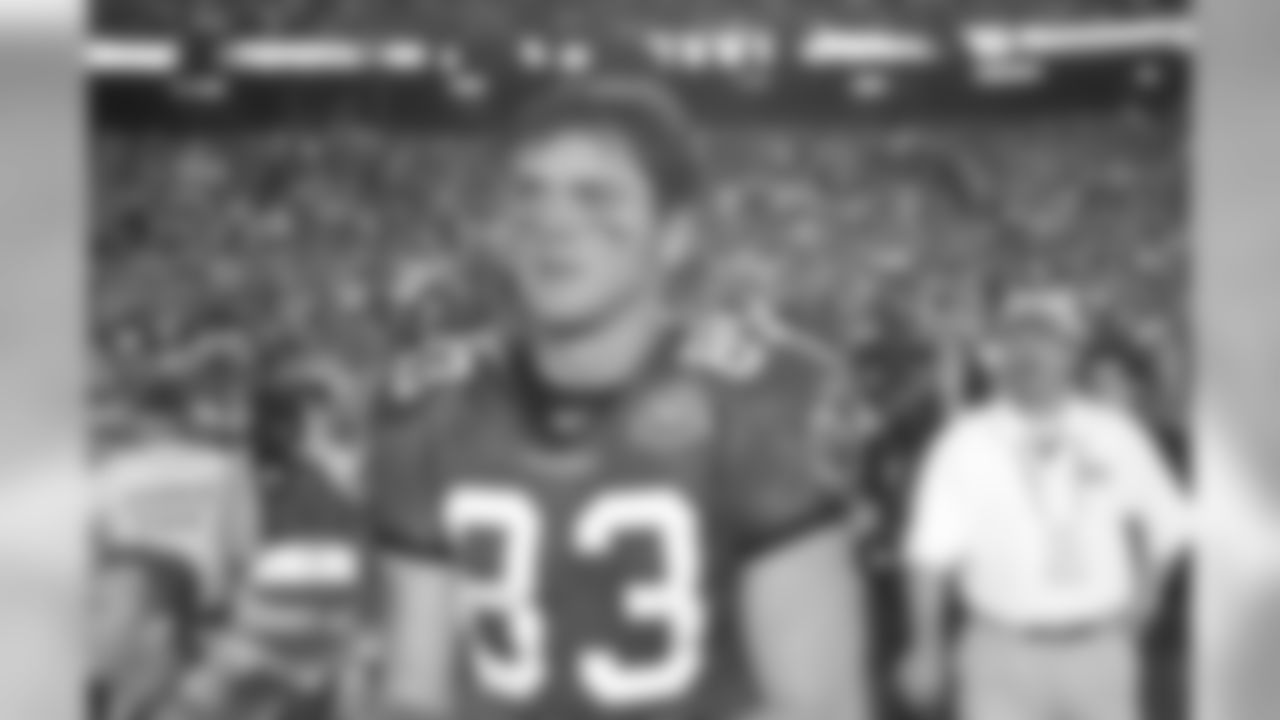
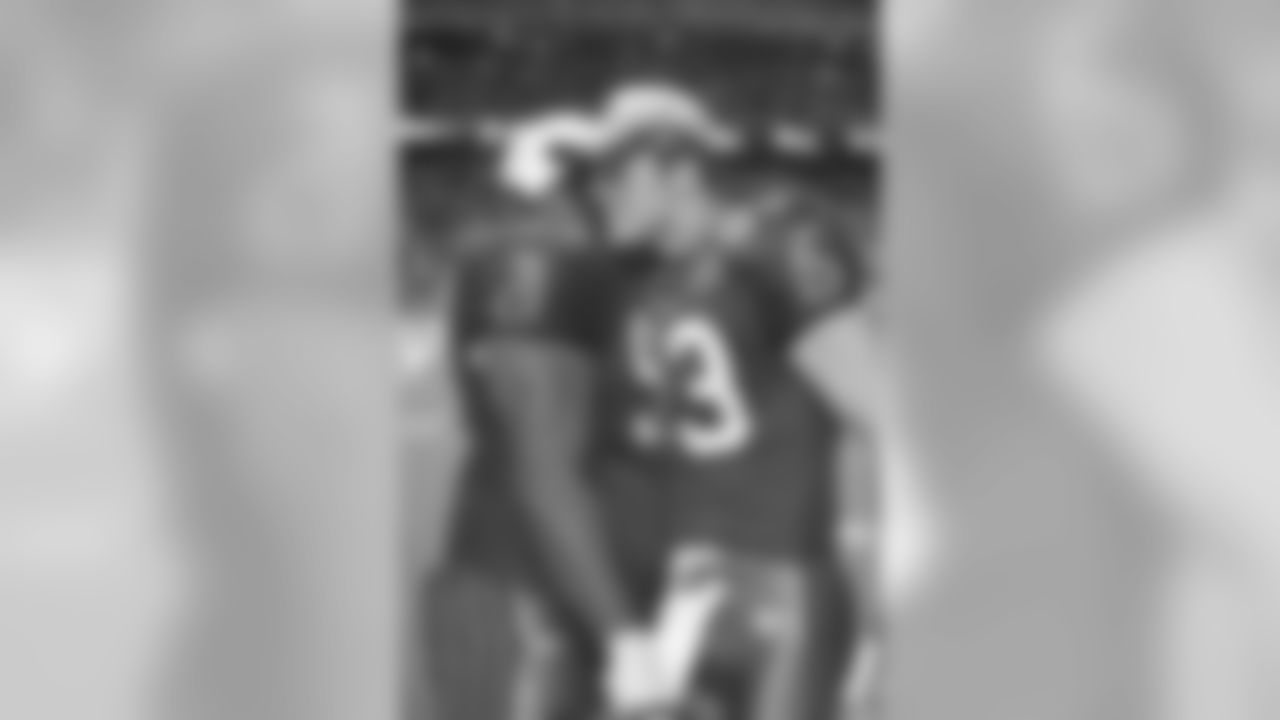


Similarly, the Bucs had a pair of new receivers to complement Keyshawn Johnson in 2002, but Keenan McCardell was a post-June 1 cut by Jacksonville and not a UFA. Joe Jurevicius, however, used free agency to jump from the Giants to the Buccaneers and most definitely became an impact player. His numbers as the third receiver behind Johnson and McCardell in 2002 weren't overwhelming – 37-423-4 during the regular season – but he contributed a number of big plays. That was even more true in the postseason, when he turned his eight catches into 197 yards and a score, including a critical 71-yarder in the NFC Championship Game, all the way playing with a heavy heart while his infant son, Michael, battled a life-threatening illness back in Tampa. (We caught up with Joe about that and other memories about two years ago.)
Jurevicius played two more seasons in Tampa but they were marred by several frustrating injuries. That was disappointing for both the player and the team, but the Buccaneers never regretted that 2002 UFA signing.
2005: TE Anthony Becht
Becht, now a frequent contributor on Buccaneers.com, came into the league as one of four players the Jets drafted in the first round in 2000. New York got two of those four picks from Tampa Bay in the Keyshawn Johnson trade, including the #27 overall selection that brought in the West Virginia tight end, so it was fitting that Becht would choose Tampa when he first hit free agency.
Becht had two 50-catch seasons in New York but hauled in just 39 passes during his three years with the Buccaneers. Still, he was a starter for most of that time and a valuable contributor with his blocking. Tampa Bay had tried to go big with a huge but ultimately underwhelming class of free agents the year before; in 2005, they made a couple strategic strikes in Becht and Hovan and wound up with much better results.
2006: WR David Boston
Gruden's Bucs tried to hit it big with Boston, who had emerged as one of the NFL's most dynamic receivers in Arizona in 2000 and 2001 but had then had fallen off quickly amid PED issues, off-field troubles and clashes with team personnel in San Diego. He was coming back from a pair of knee injuries in '04 and '05, but his off-field troubles followed him to Tampa and he never played a down for the team.
2007: TE Jerramy Stevens
Another player with a troubled past, Stevens played four seasons in Tampa and was intermittently productive in a reserve role. His best season came in 2008, with 36 catches for 397 yards and two scores, but he also served two substance abuse suspensions as a Buccaneer and was released after a drug-related arrest in 2010.
2008: TEs John Gilmore and Ben Troupe
Like Becht before him, Gilmore was a solid veteran signing and a team player who gave the Bucs three useful seasons. He was best known for his blocking but did catch 46 passes for 330 yards and two scores as a Buccaneer. Troupe was trying to recapture his 55-catch magic from his second season in Tennessee but was released in September after catching no passes in two games, the last two of his NFL career.
2012: WR Vincent Jackson
One of the three or four best UFA decisions in team history, the addition of Jackson has given the Buccaneers three 1,000-yard seasons and counting. Given some of the team's earlier stabs at getting a big-time receiver on the free agent market, the Bucs are surely ecstatic with how well the Jackson addition has worked out.
Already a two-time Pro Bowl selection before he got to Tampa, Jackson had three 1,000-yard seasons in seven years with the Chargers but has already matched that in his new home. In three years, he has racked up 220 catches for 3,610 yards and 17 touchdowns, and in 2012 he led NFL qualifiers with a per-catch average of 19.2 yards. In 2014, he teamed up with rookie Mike Evans to give the Buccaneers one of the best WR tandems in the NFL, and the Bucs hope for more of the same in 2015.
2013: TE Tom Crabtree and WR Kevin Ogletree
On paper, these two signings looked like decent bets, a pair of players who might blossom in bigger roles. Crabtree was part of a deep corps of tight ends in Green Bay but had been given a chance to play more in 2012 due to injuries to others, which he used to show promise as a blocker and a pass-catcher, averaging 25.4 yards per reception (albeit on just eight grabs). Ogletree had a pair of huge games early in the season for Dallas in 2012 when other Cowboy receivers were sidelined, accounting for most of his production that year (32-436-4). The Bucs thought he might produce at that rate if given the third-receiver job.
It didn't really work out in either case, however. Ogletree was released after just four games and Crabtree played in a total of seven Buc contests before he was let go the following spring.
2014: WRs Lavelle Hawkins and Louis Murphy and TE Brandon Myers
Lovie Smith and Jason Licht lined up a number of options for their third-slash-slot receiver job in 2014, including veterans Hawkins and Murphy. Hawkins had played for then-Offensive Coordinator Jeff Tedford at Cal while Murphy had done good work in the slot for Carolina in 2012. Neither was on the active roster by opening day.
However, while Hawkins was released in mid-August and did not play in the league in 2014, Murphy's release the day before Game One was due mostly to a neck injury he had sustained at the end of the preseason. A few weeks later, back at full strength, Murphy got another tryout with the team, was re-signed, and in his very first game as a Buccaneer turned in 99 critical yards in a comeback win at Pittsburgh.
From there, Murphy settled in as the third receiver and occasional starter, finishing with 31 catches for 380 yards and two scores in just 11 games. The Buccaneers liked what they saw and re-signed him to a new deal in late January.
























